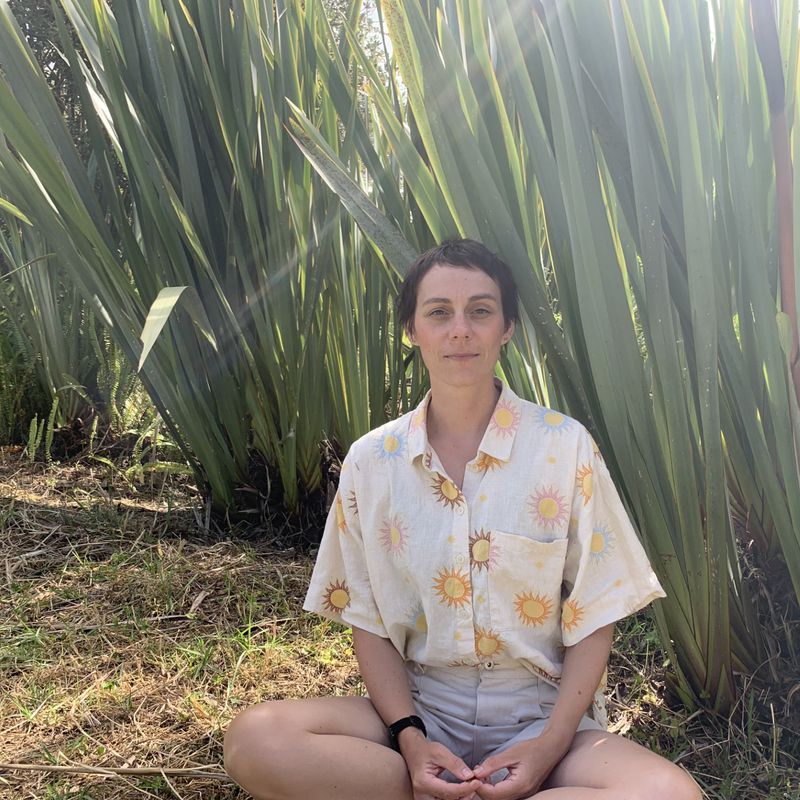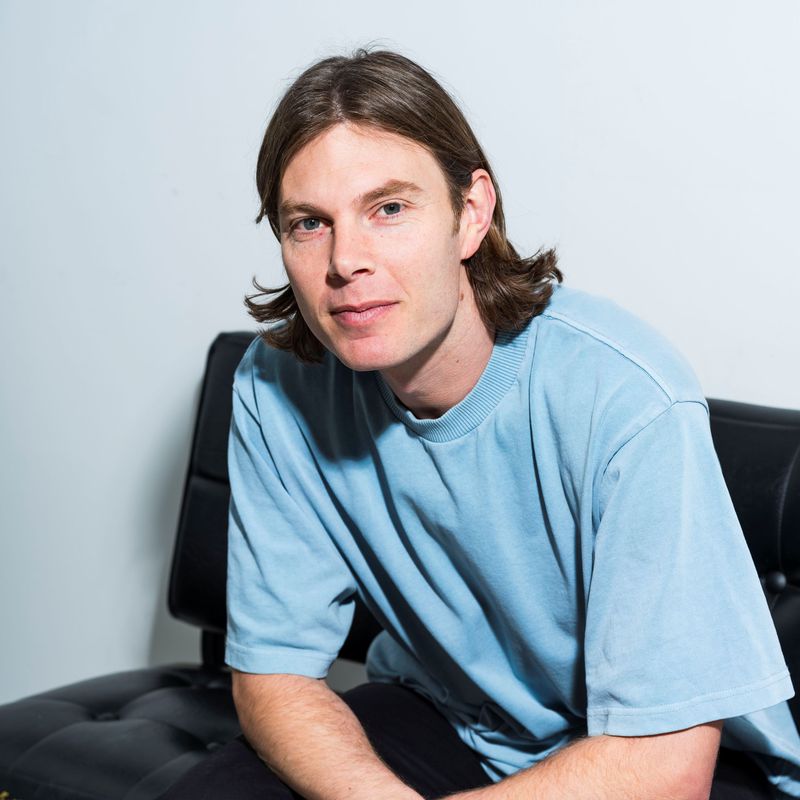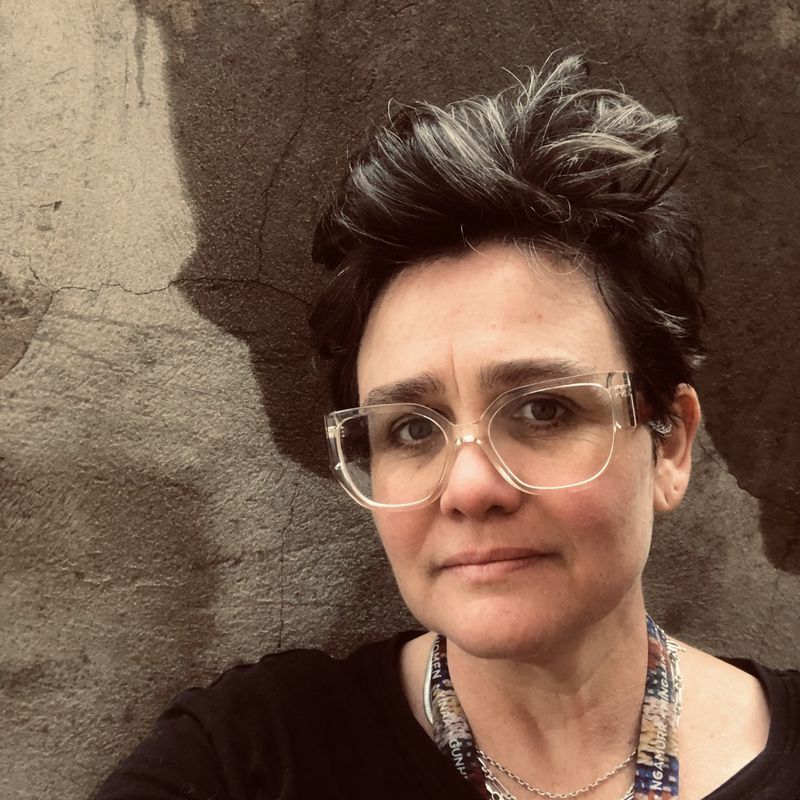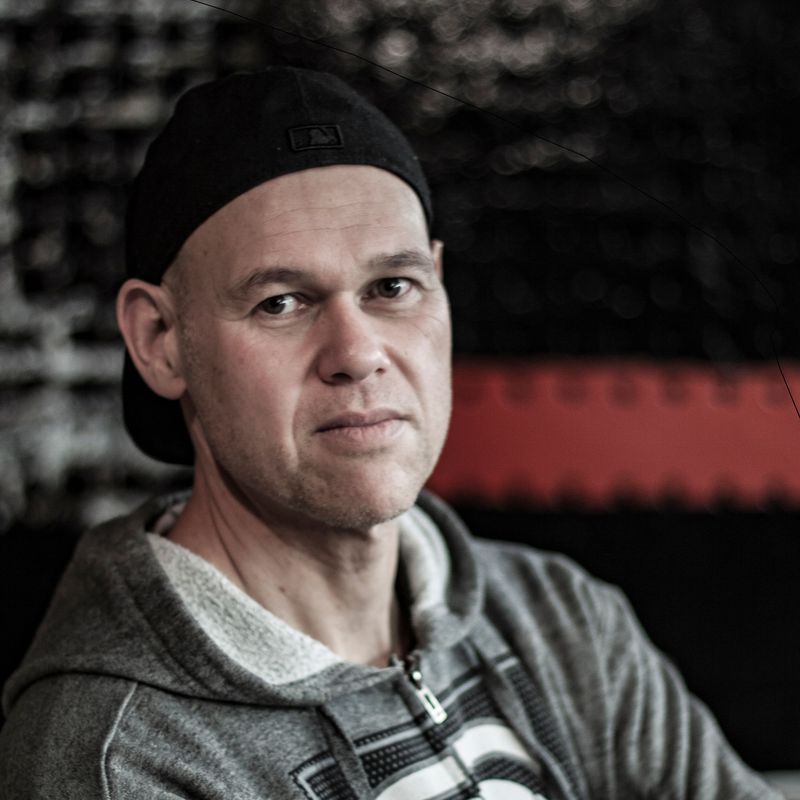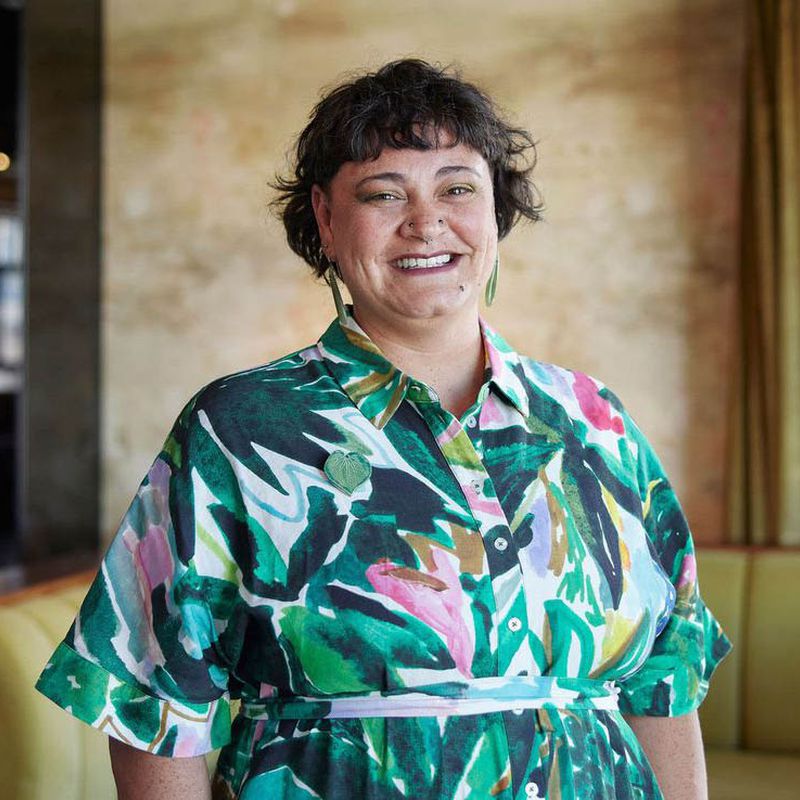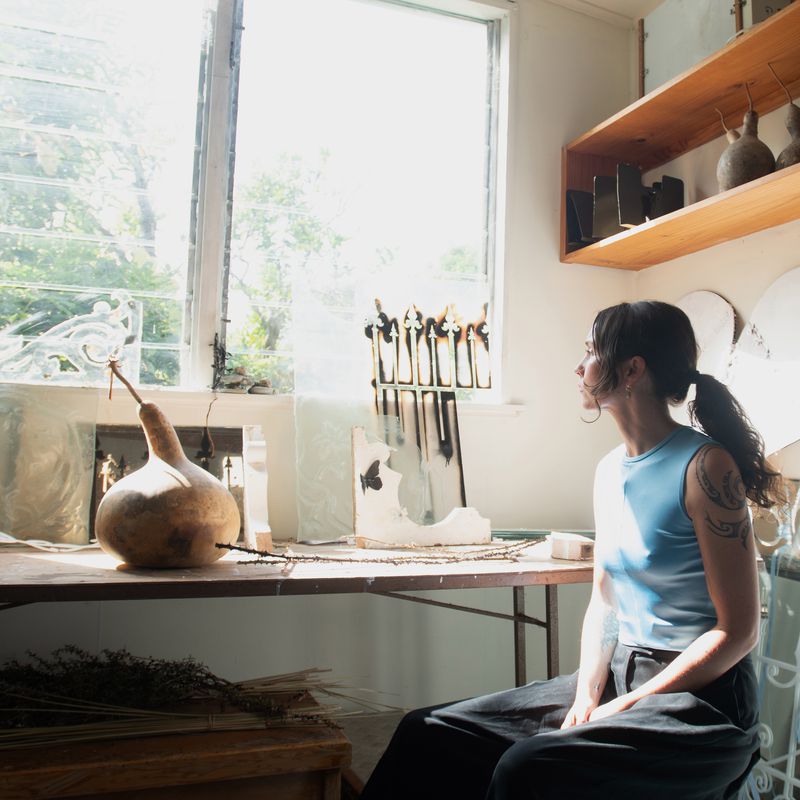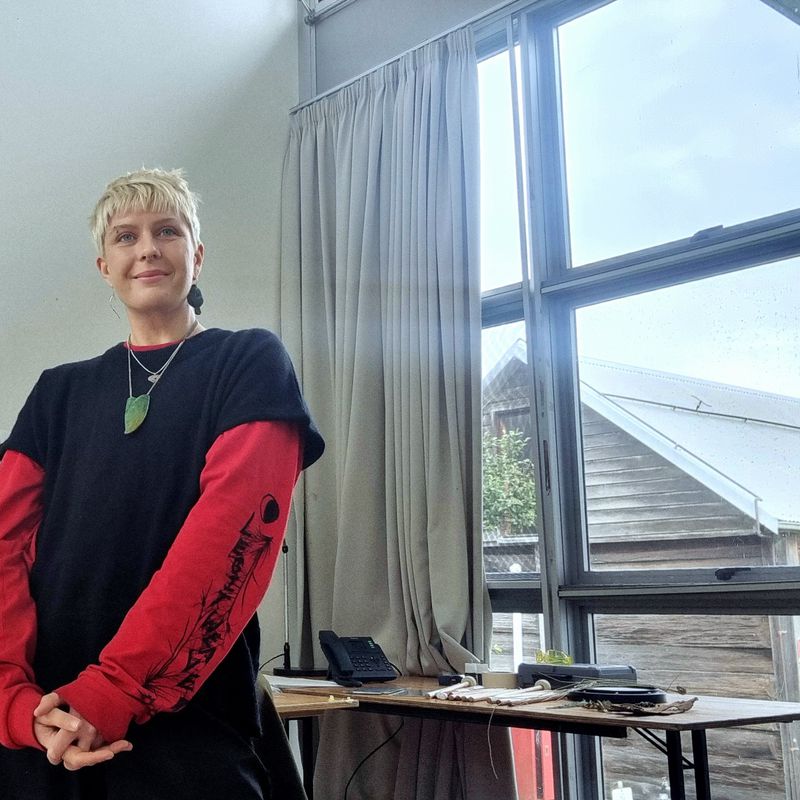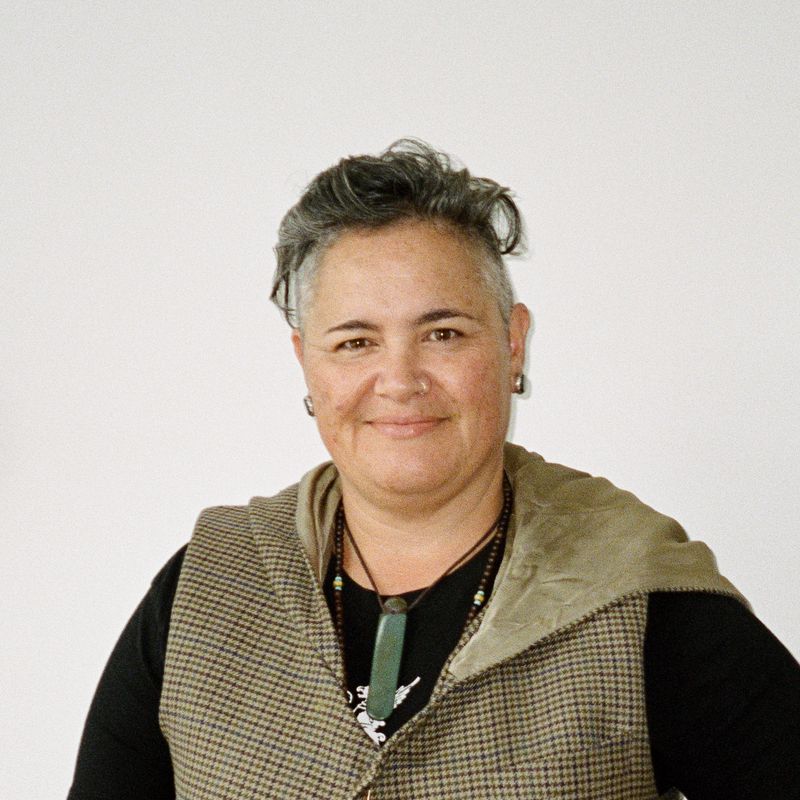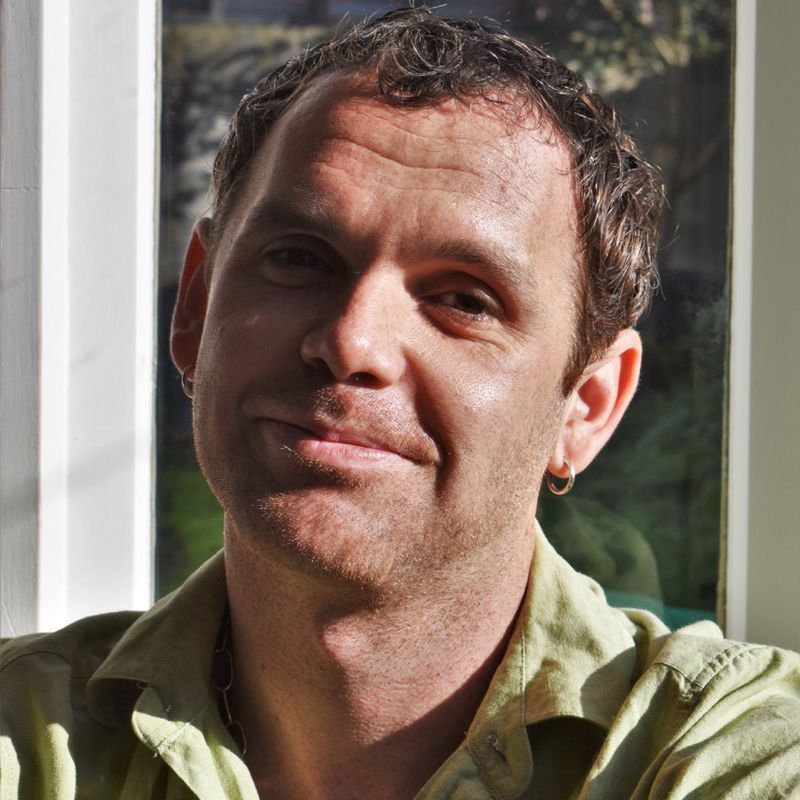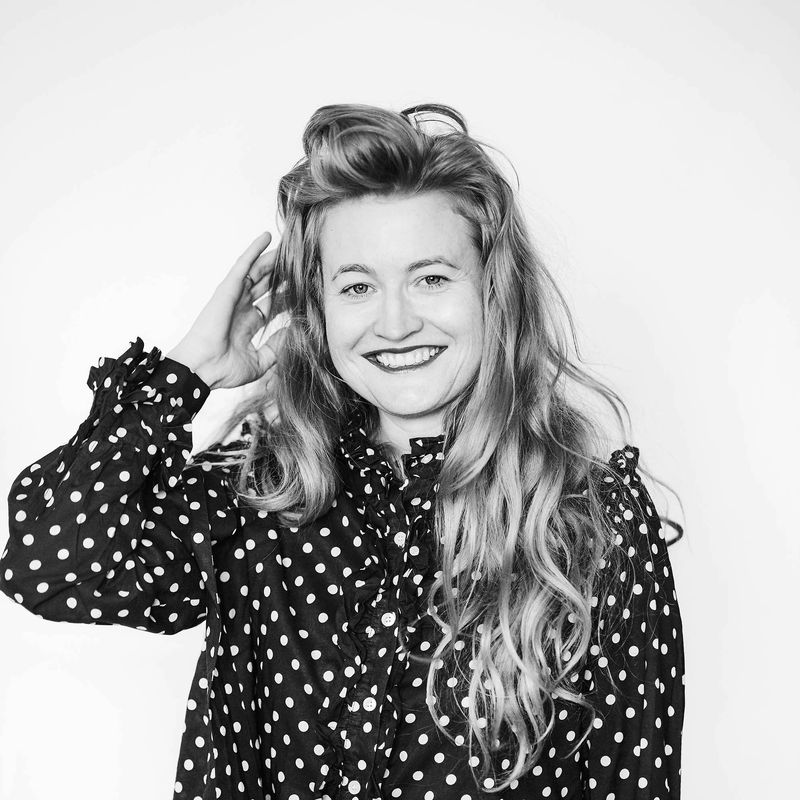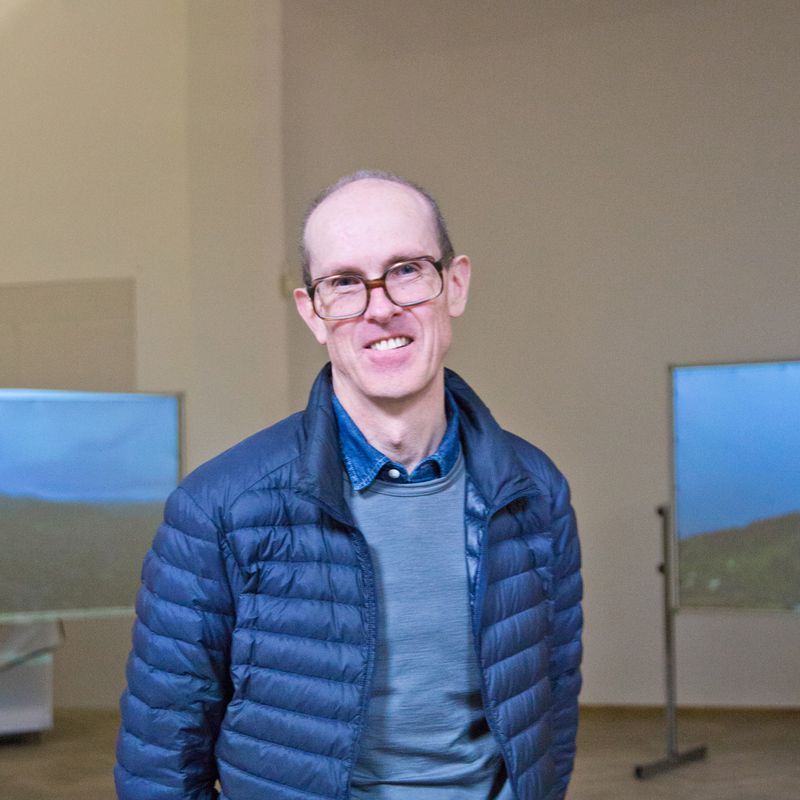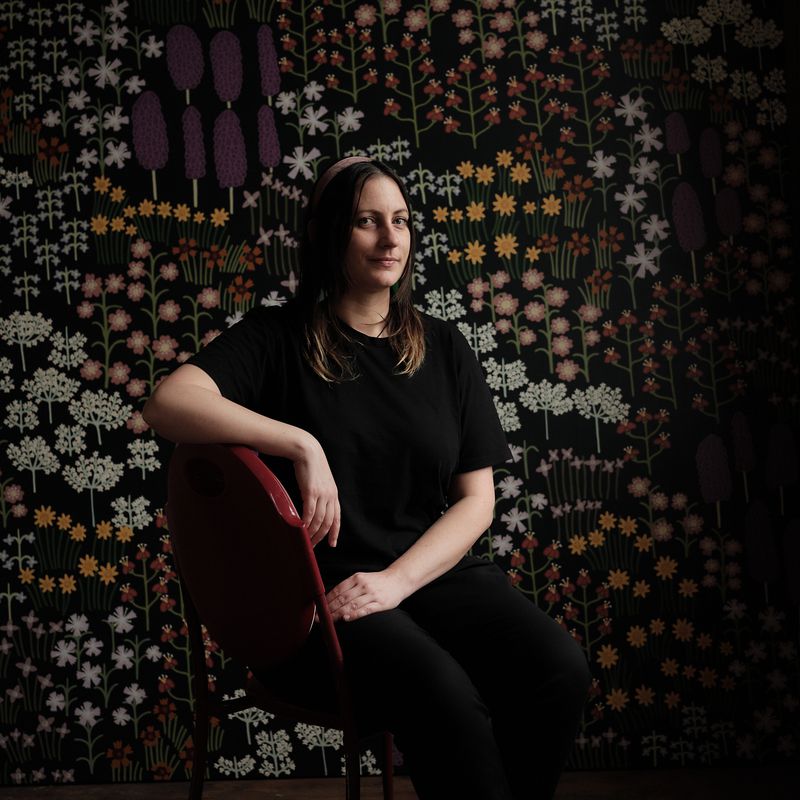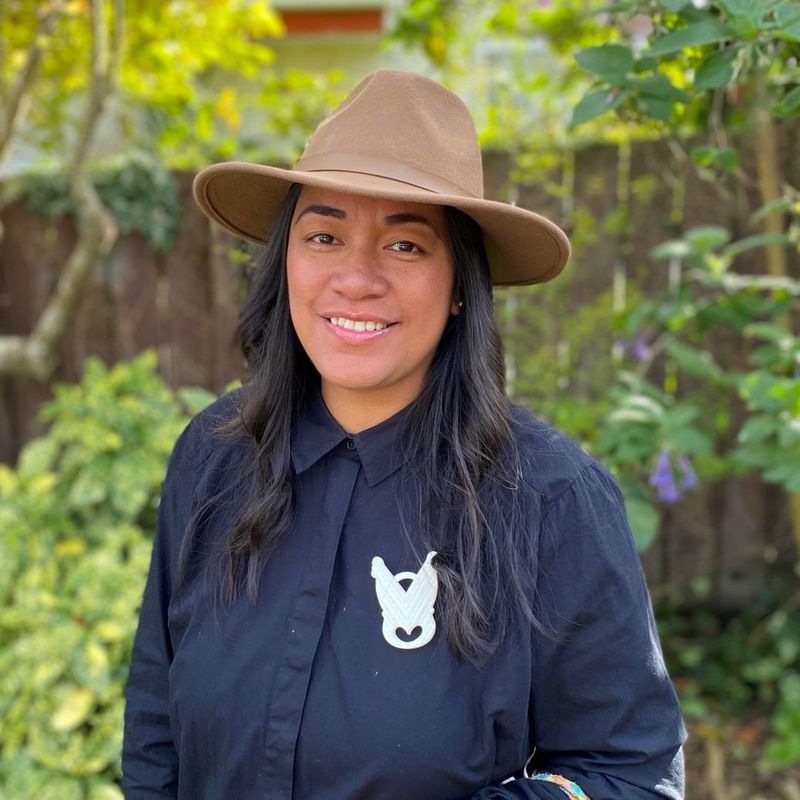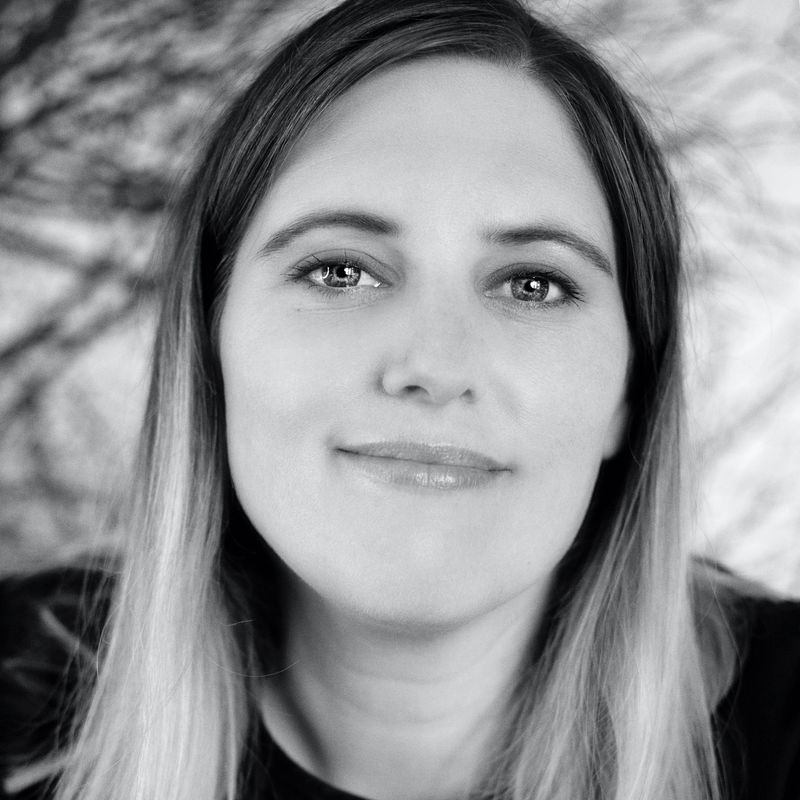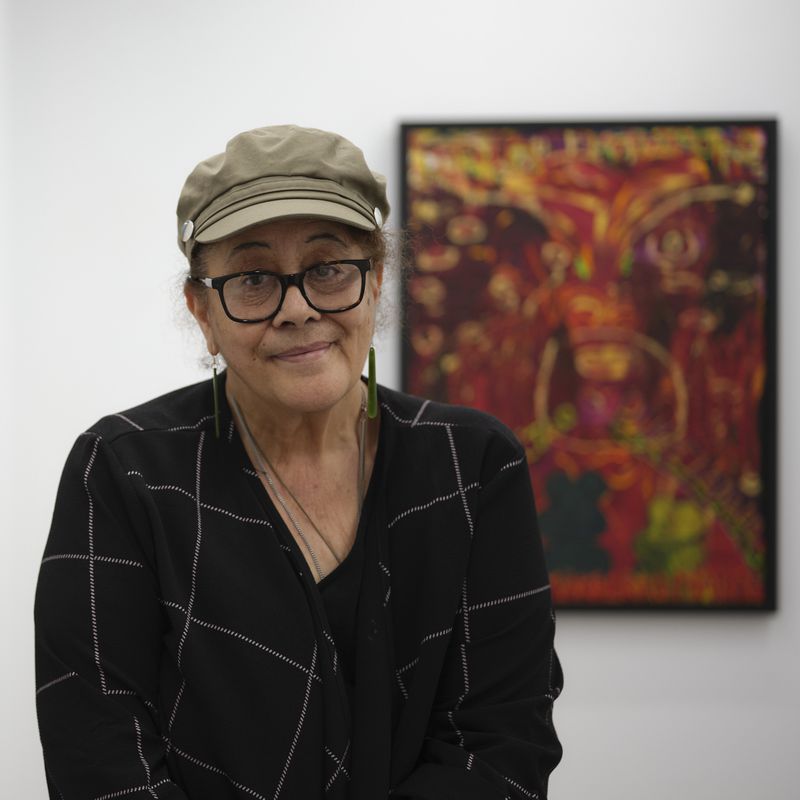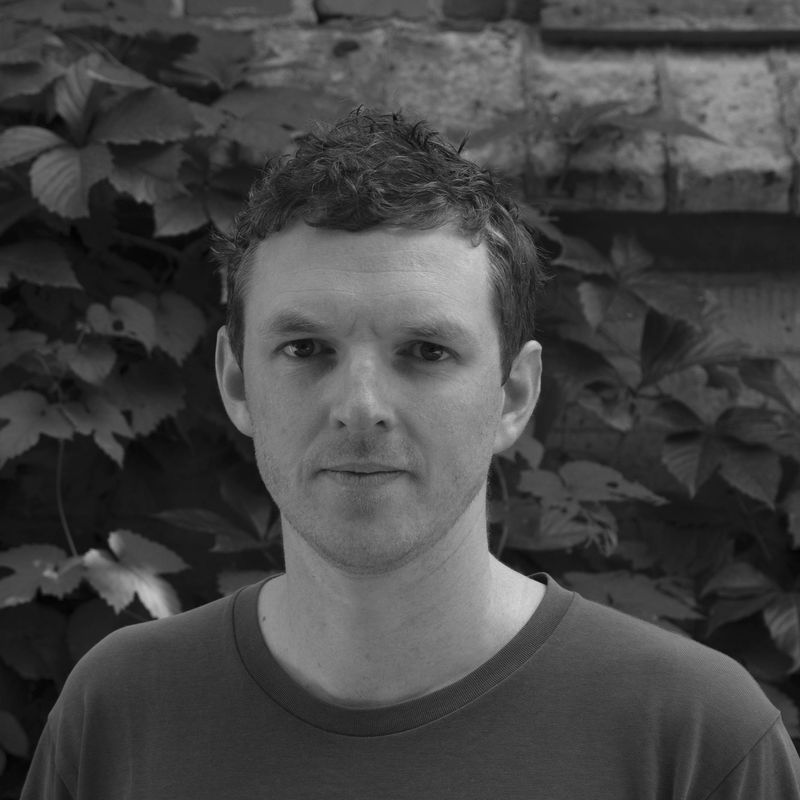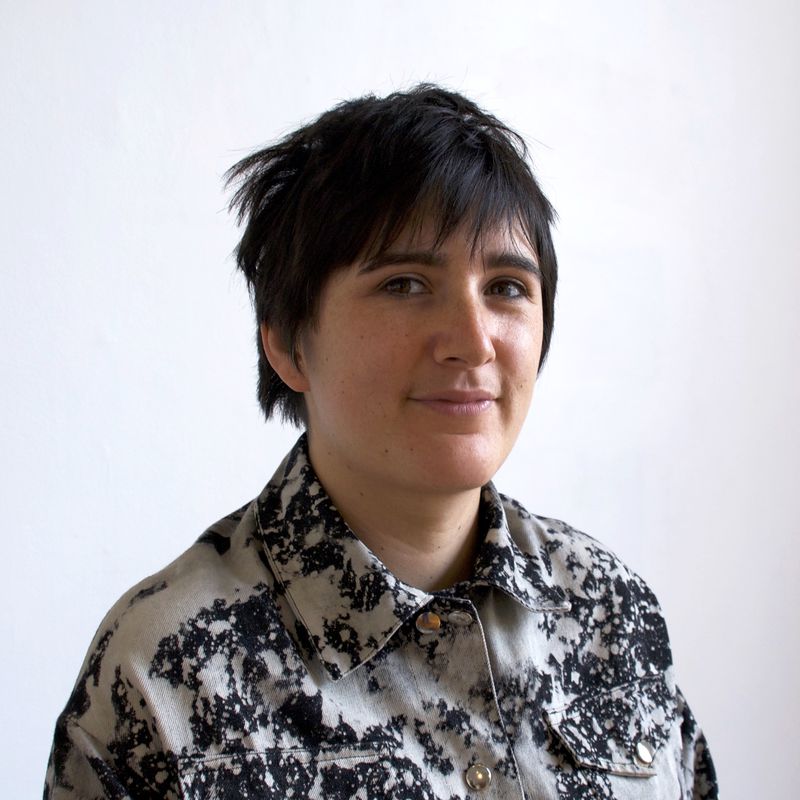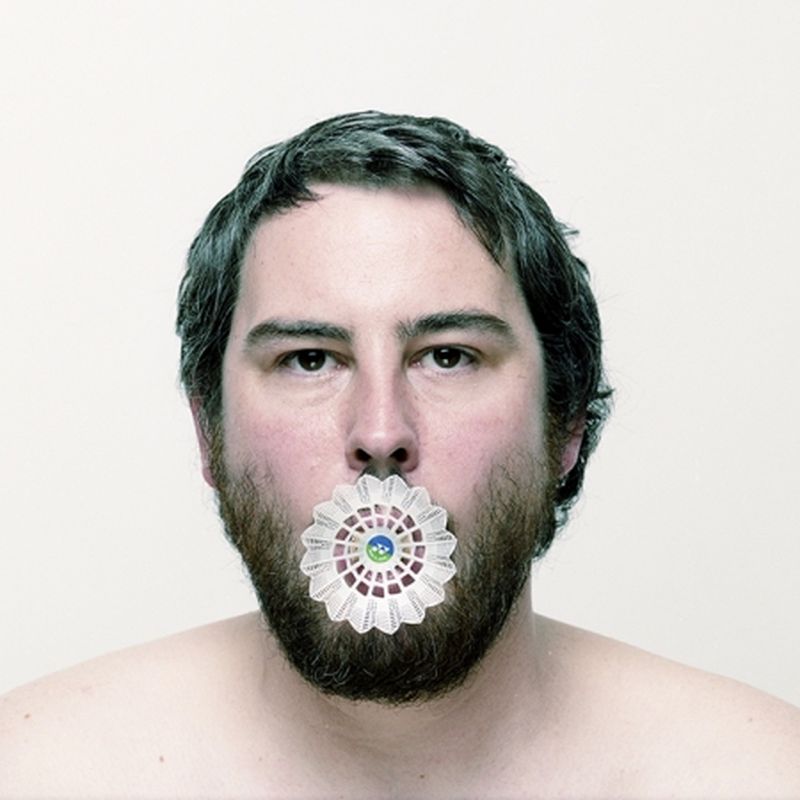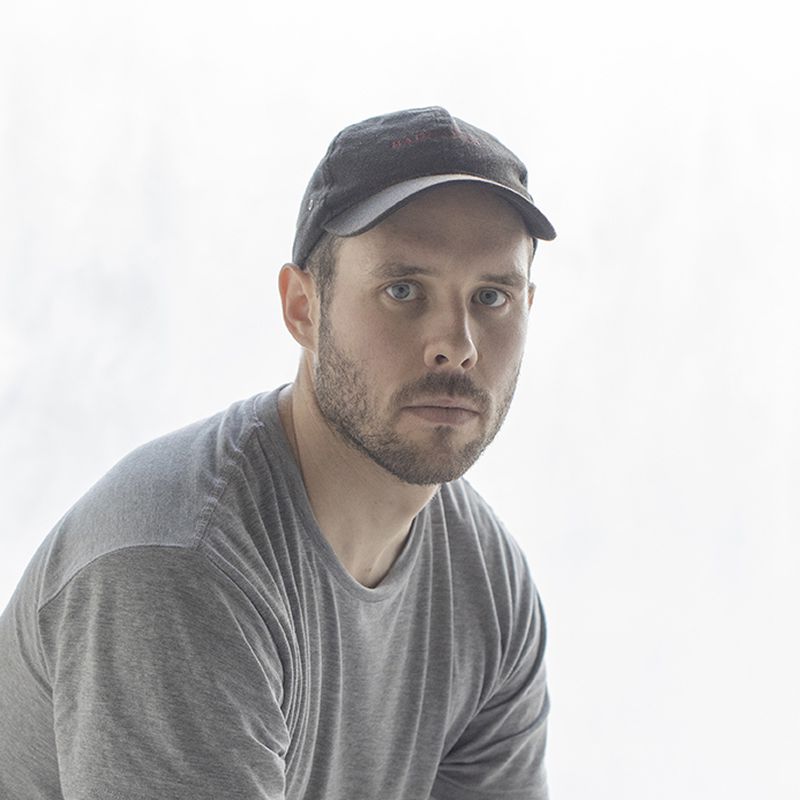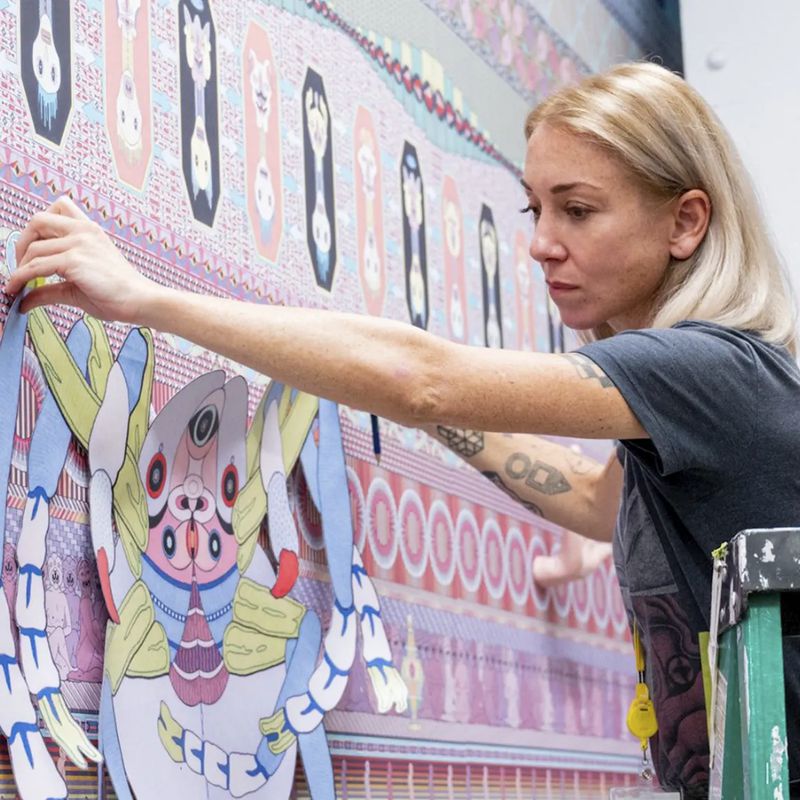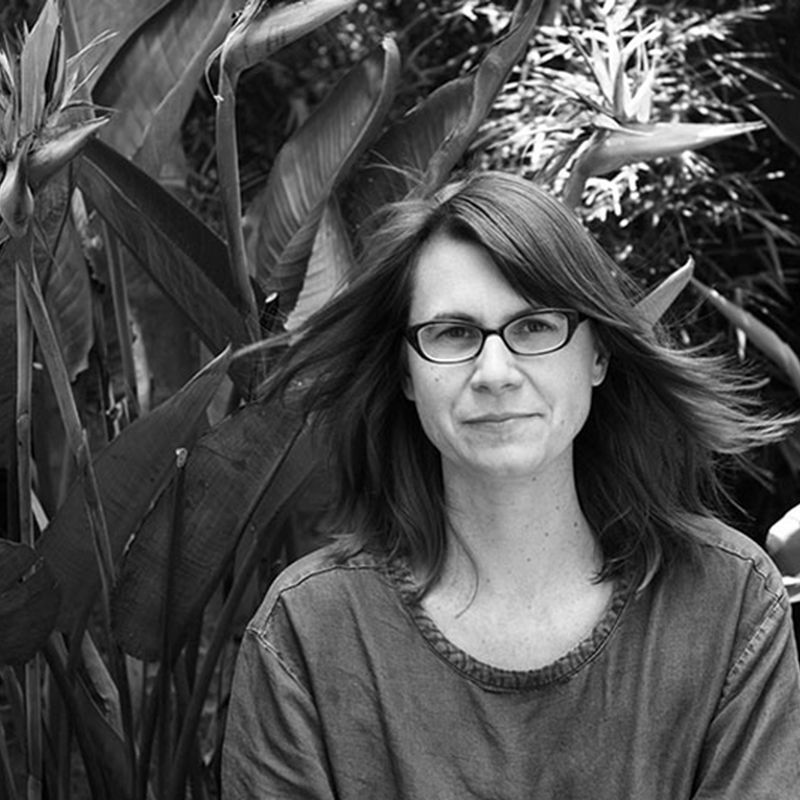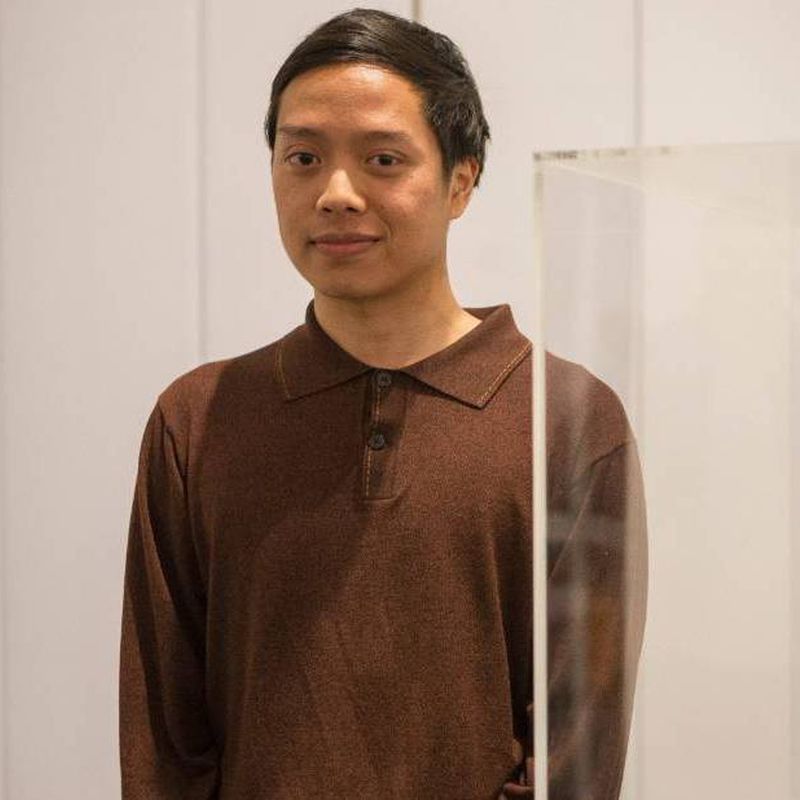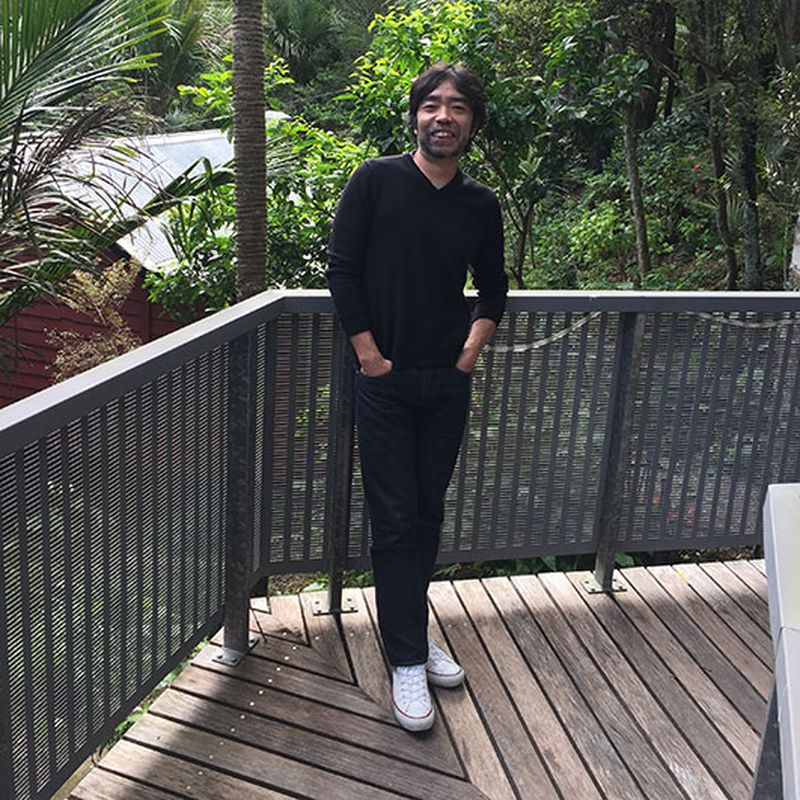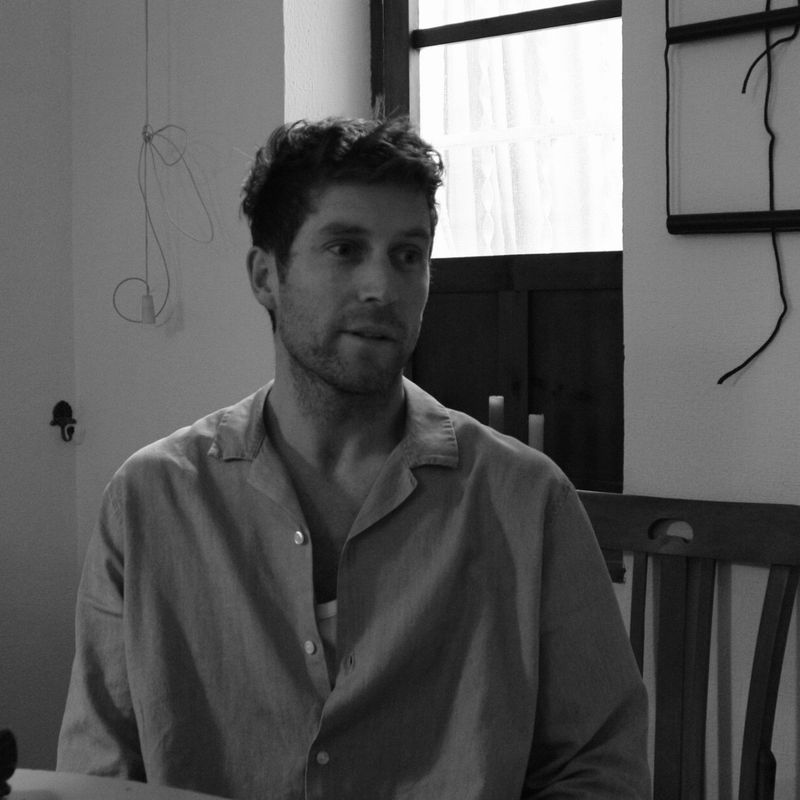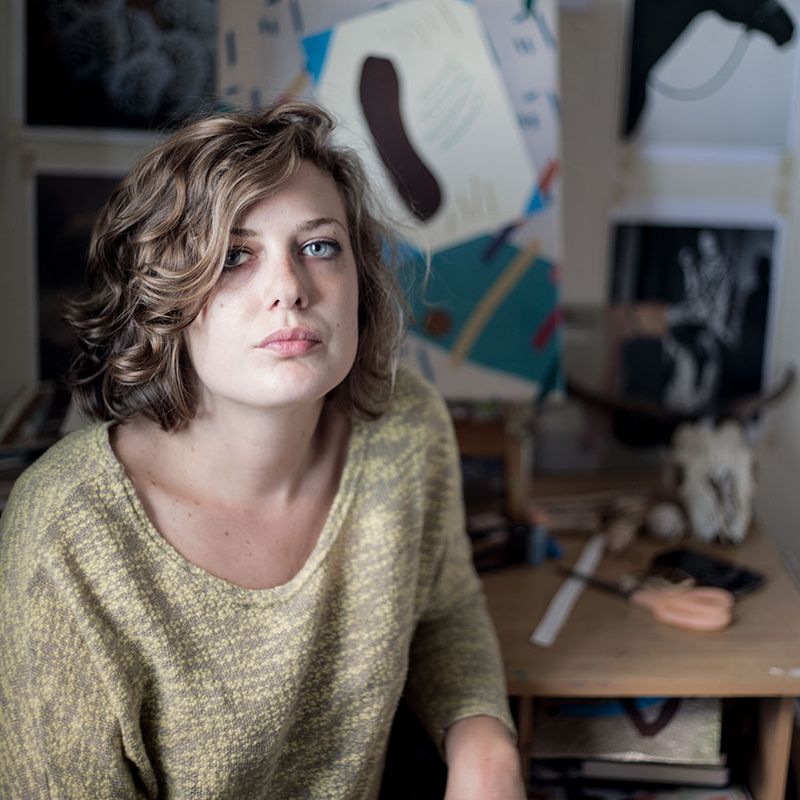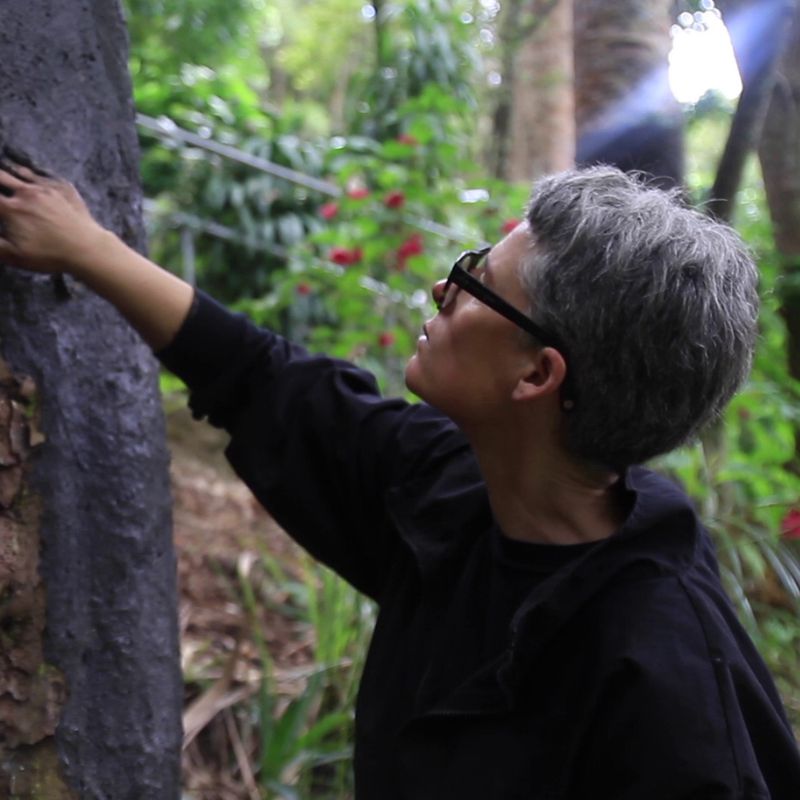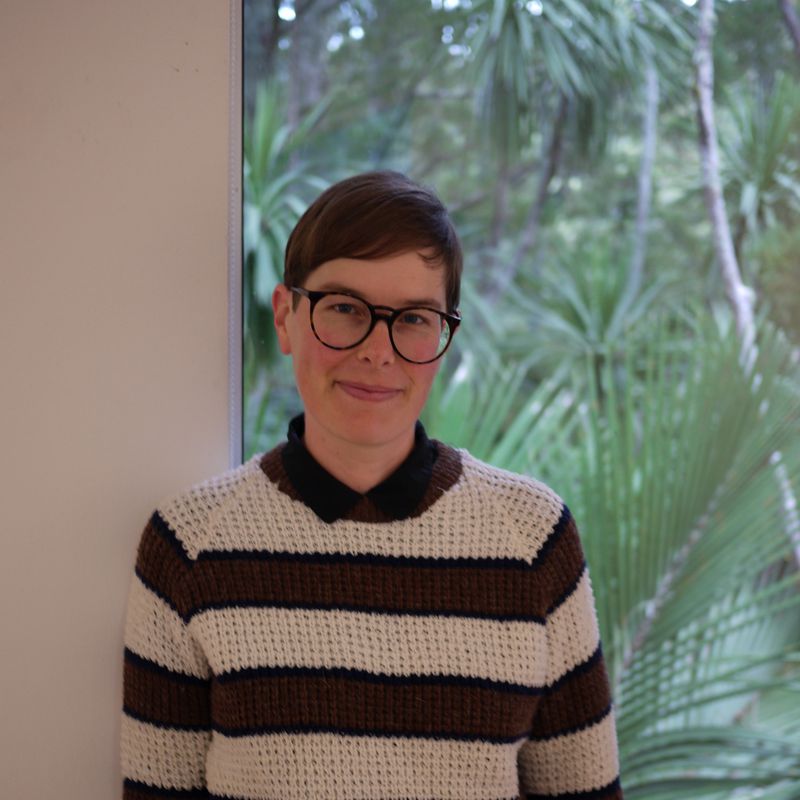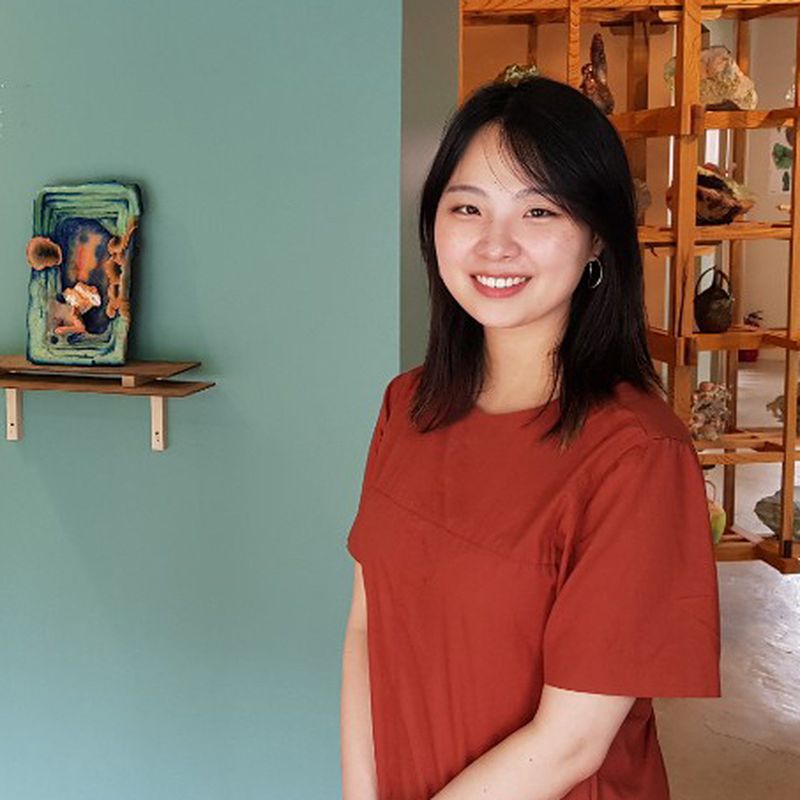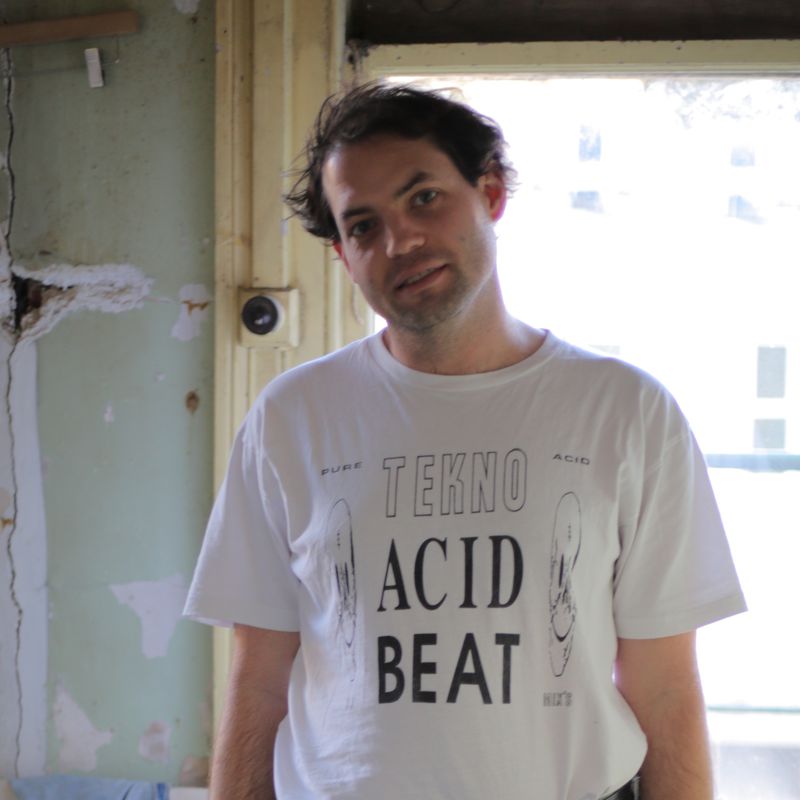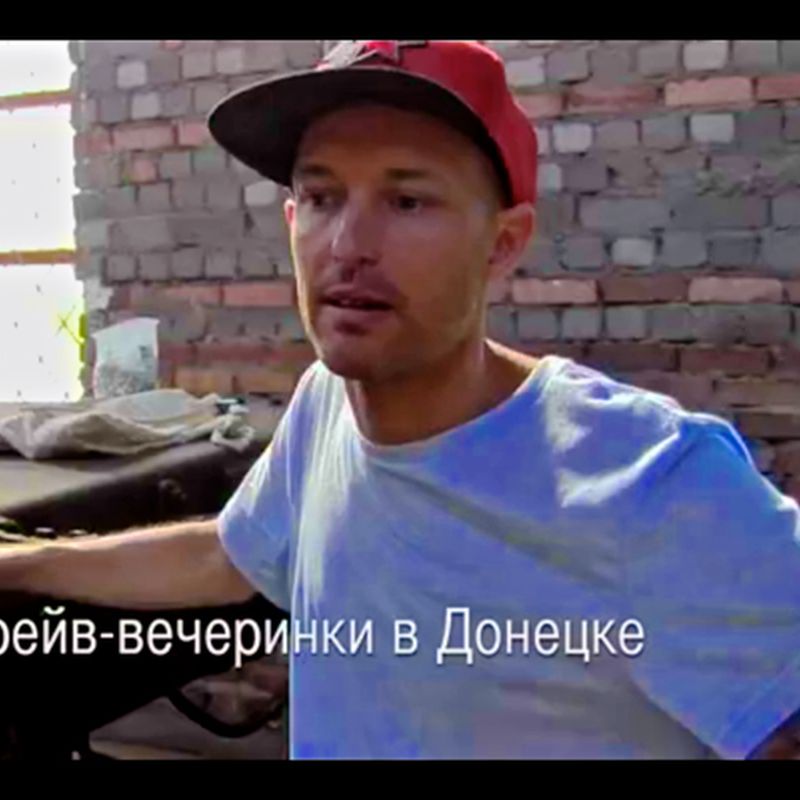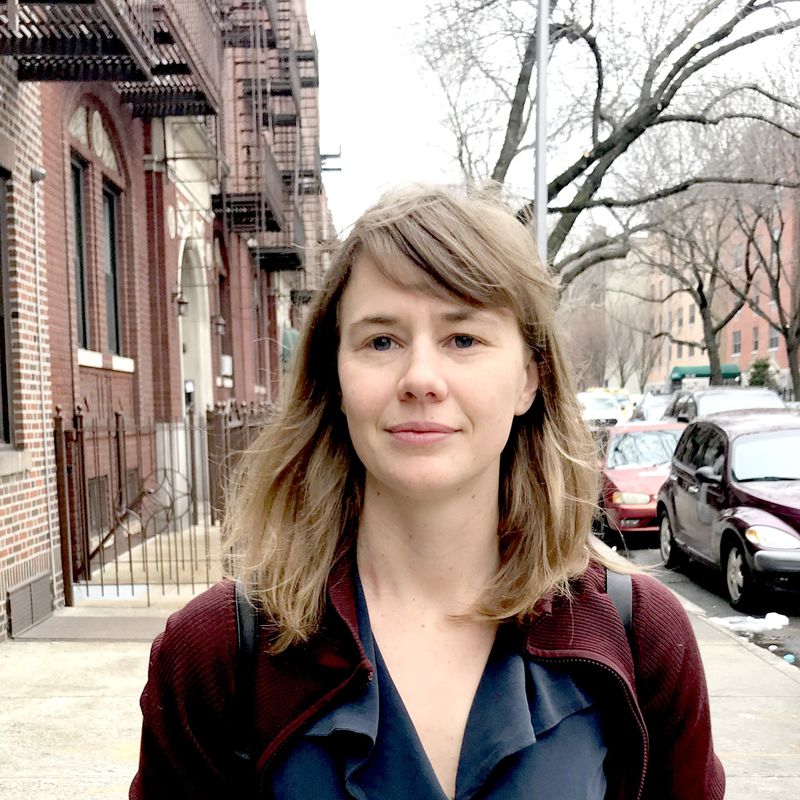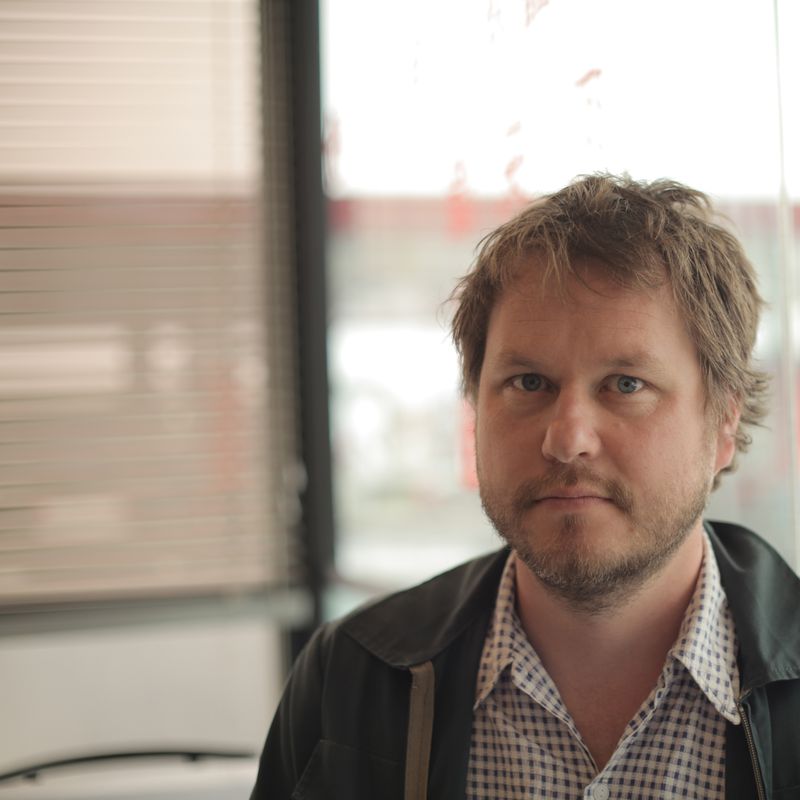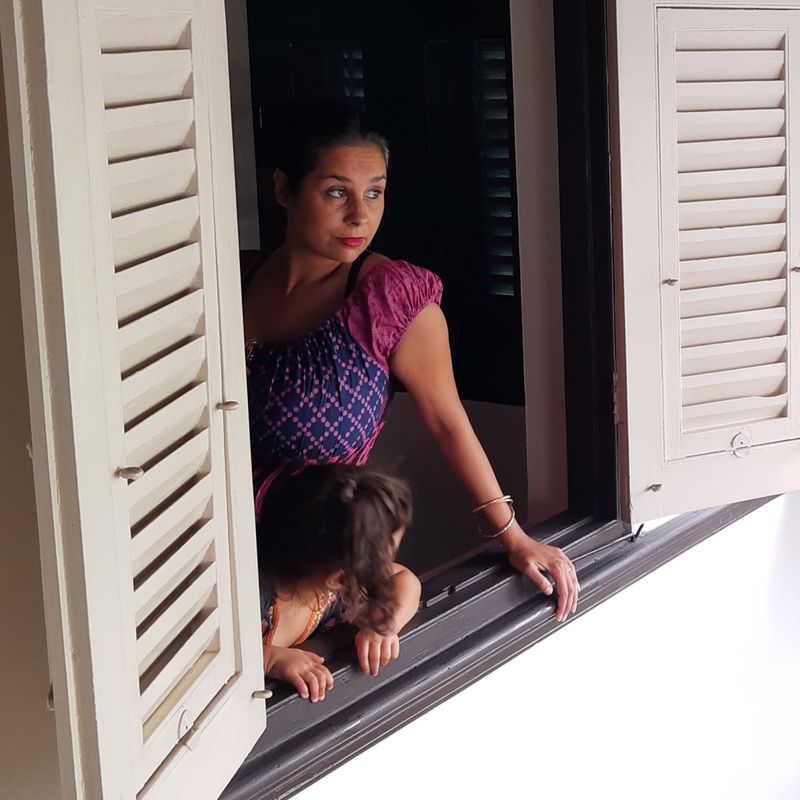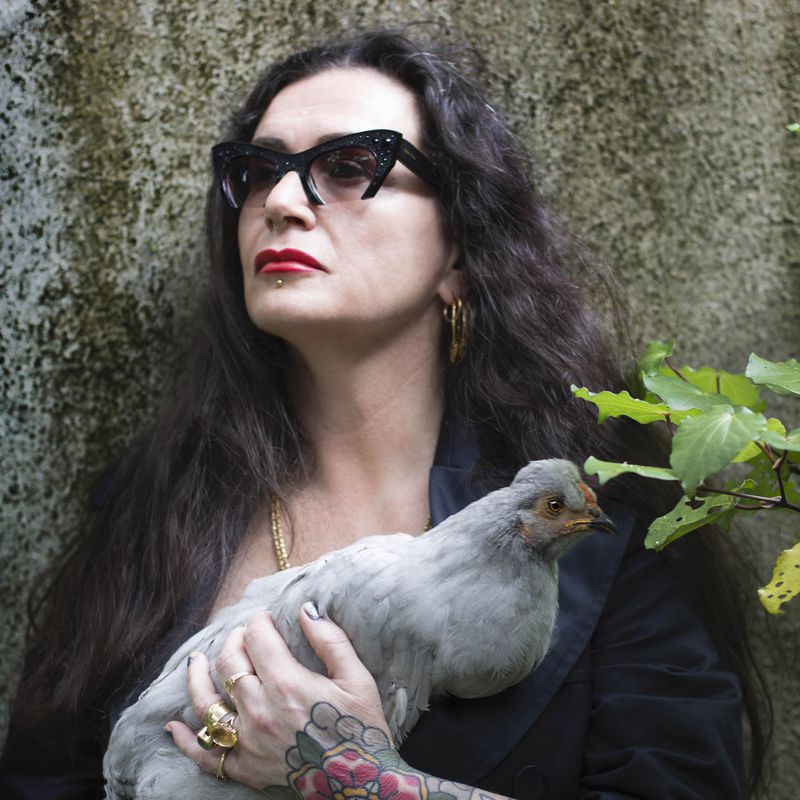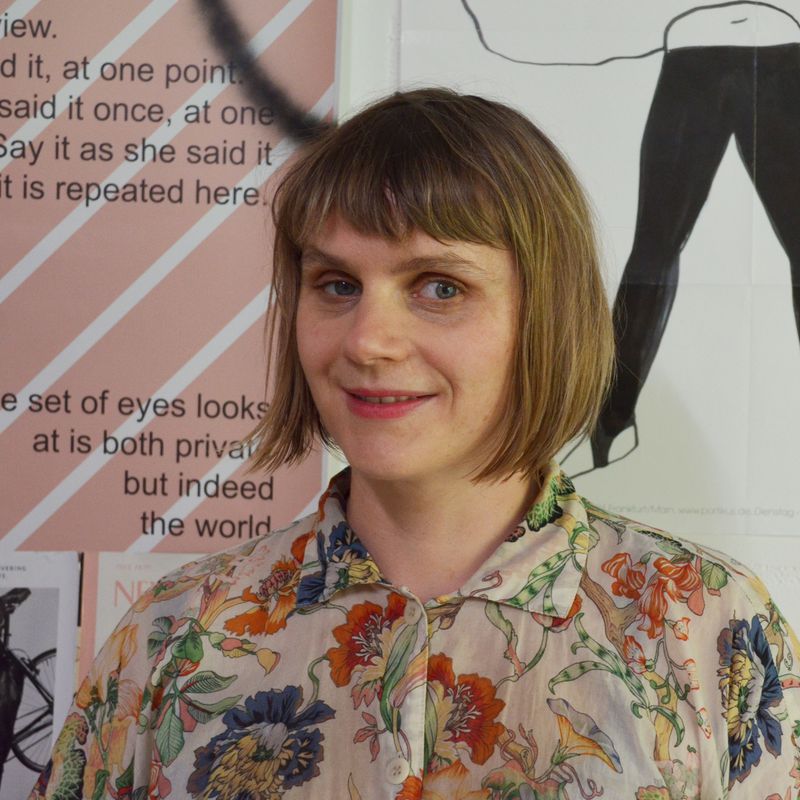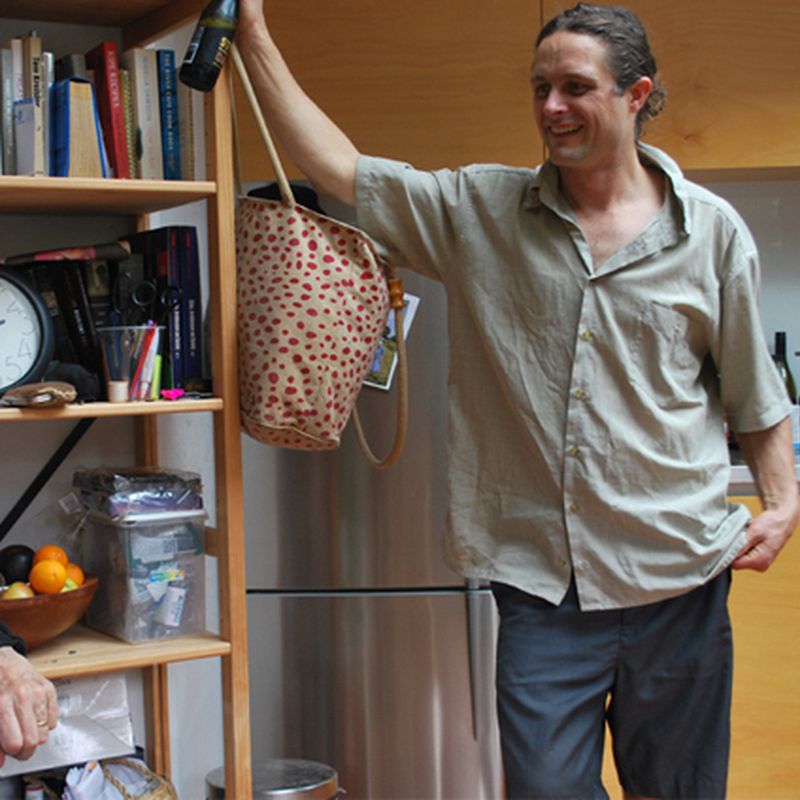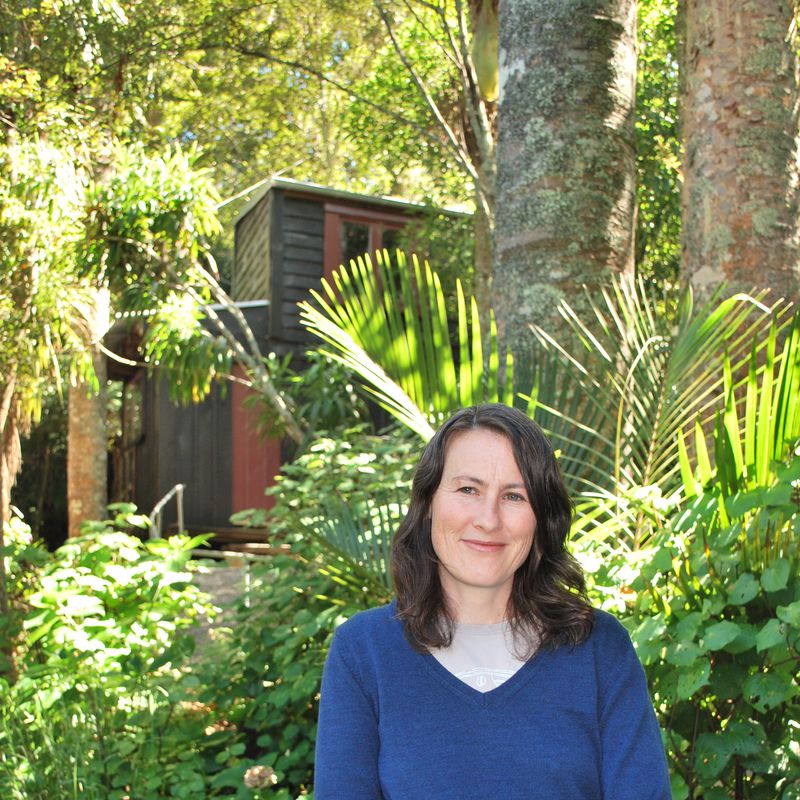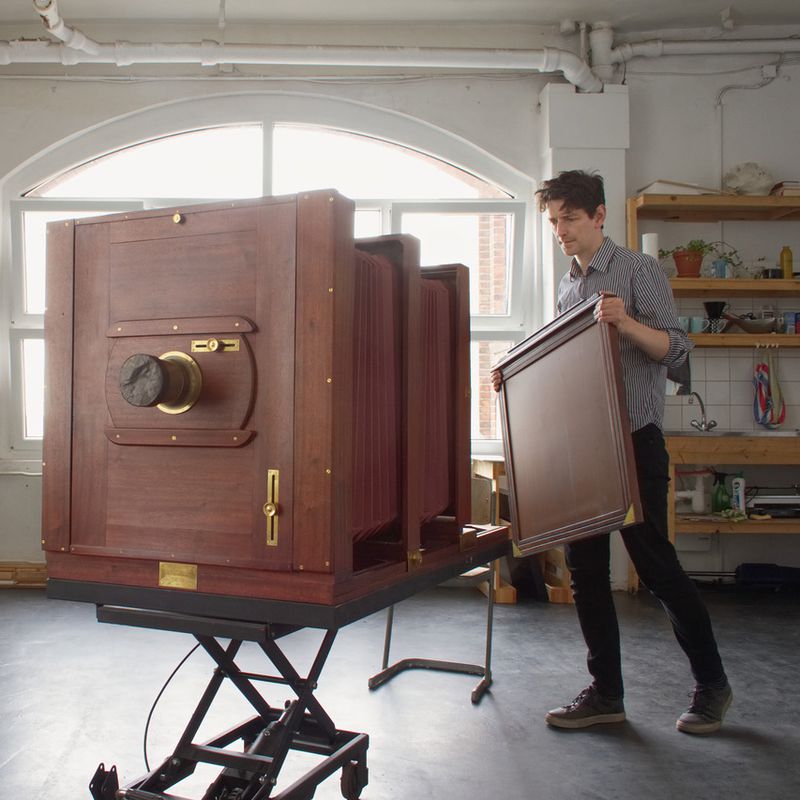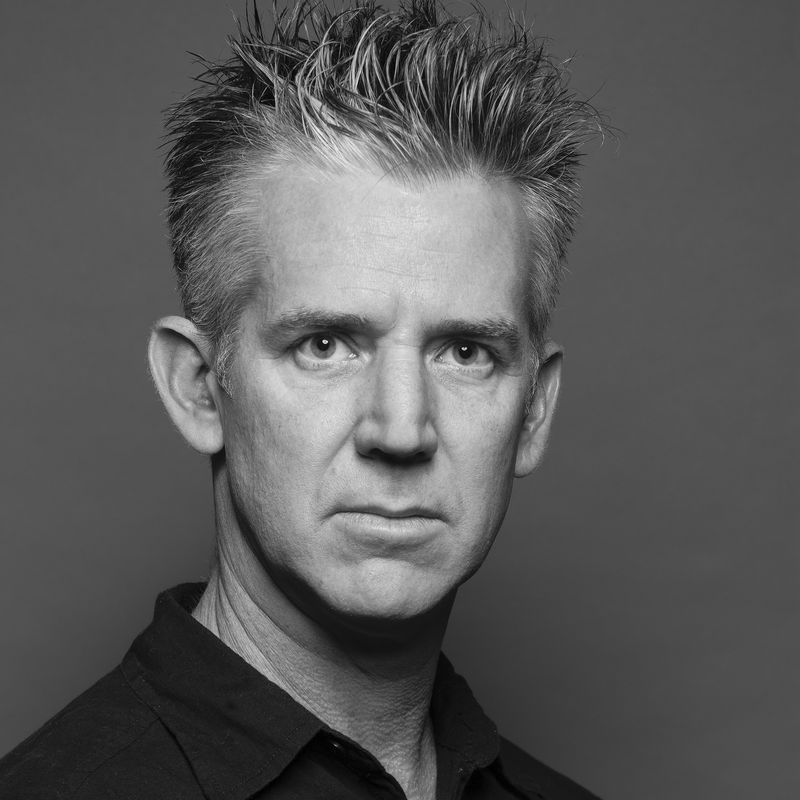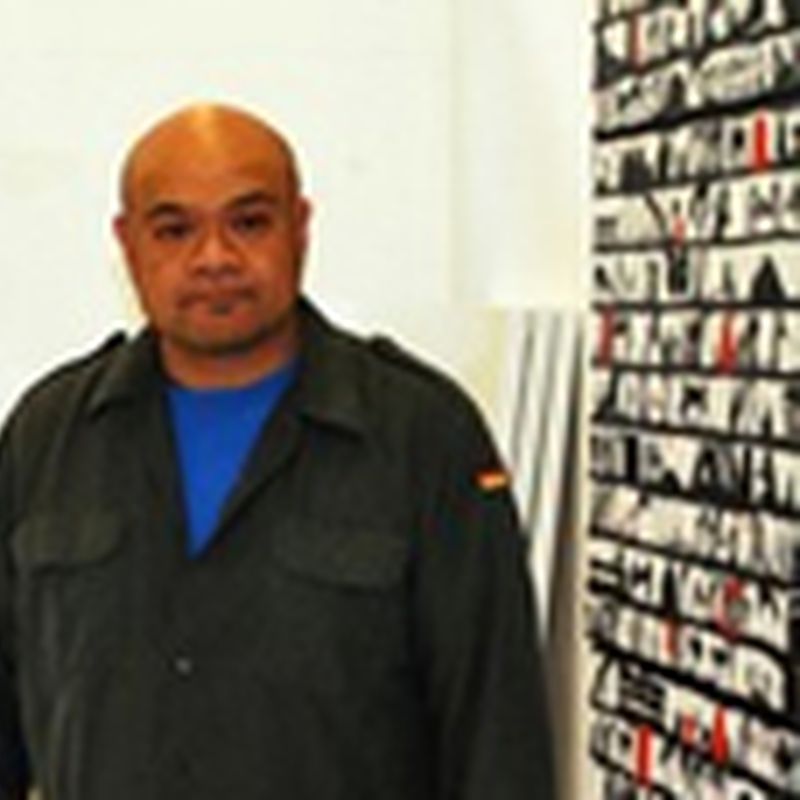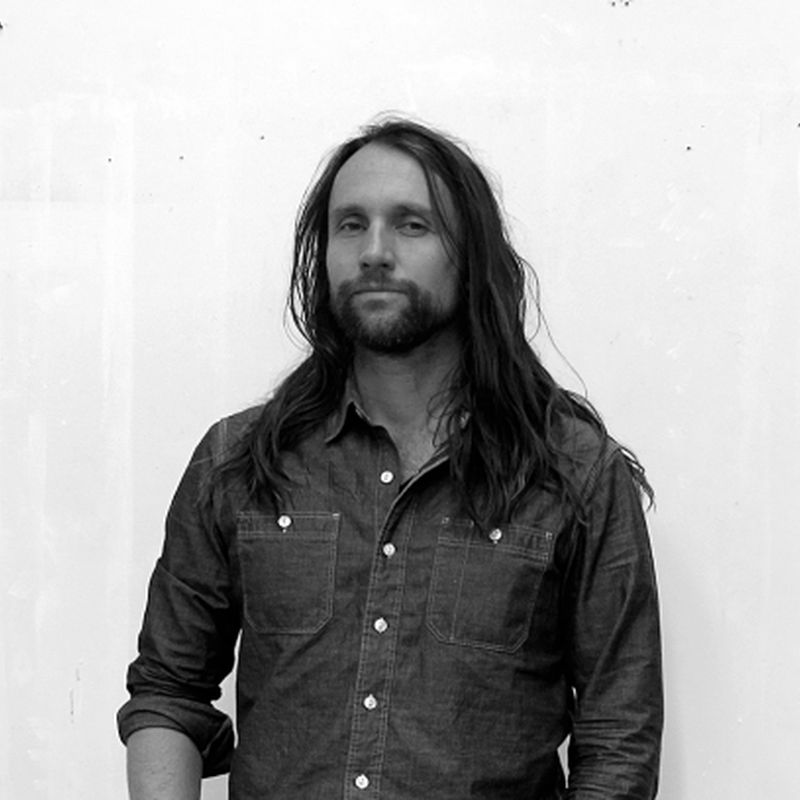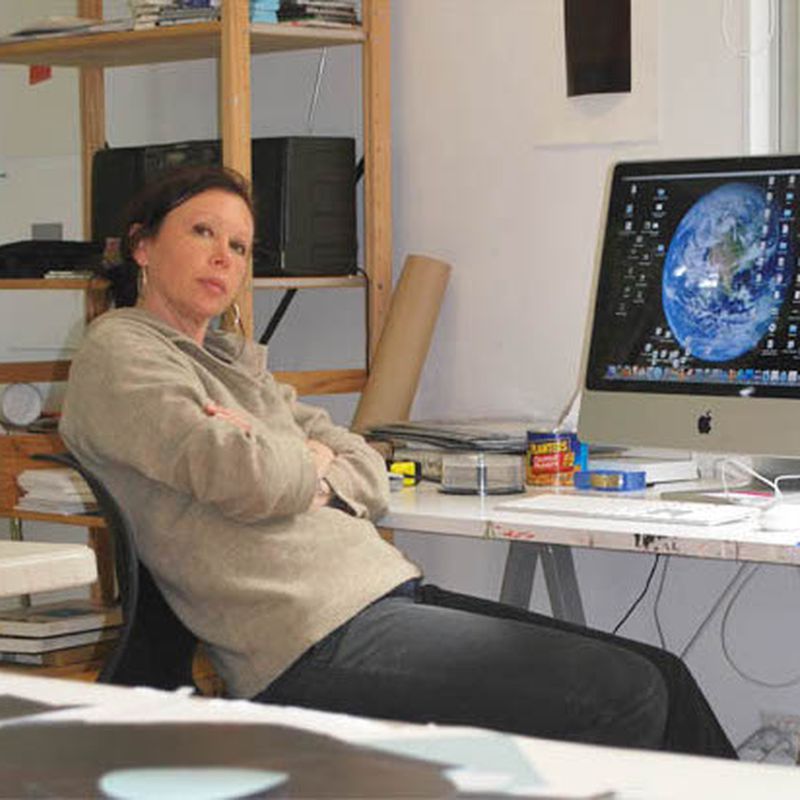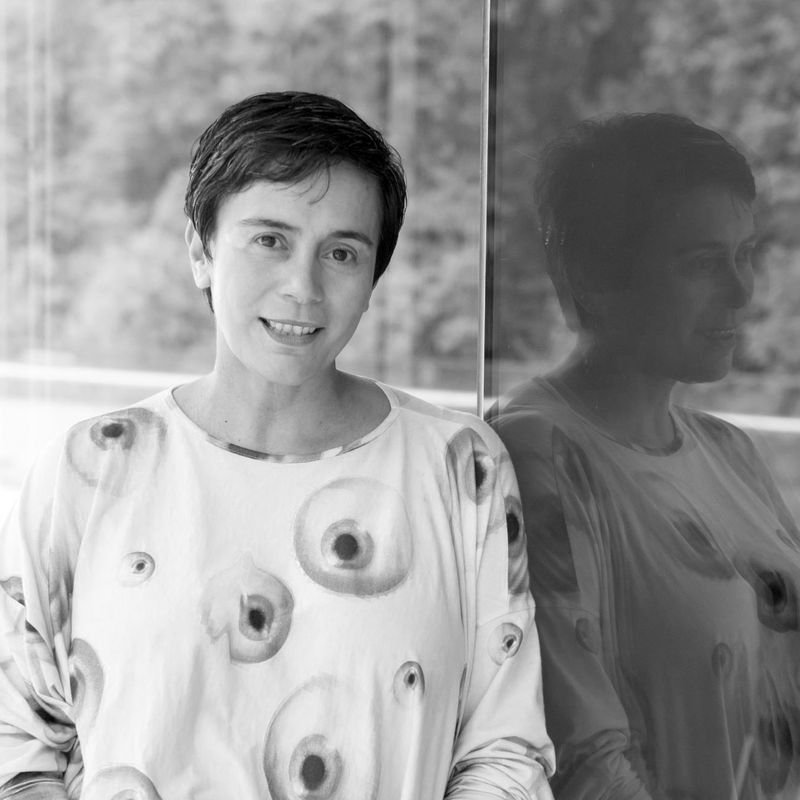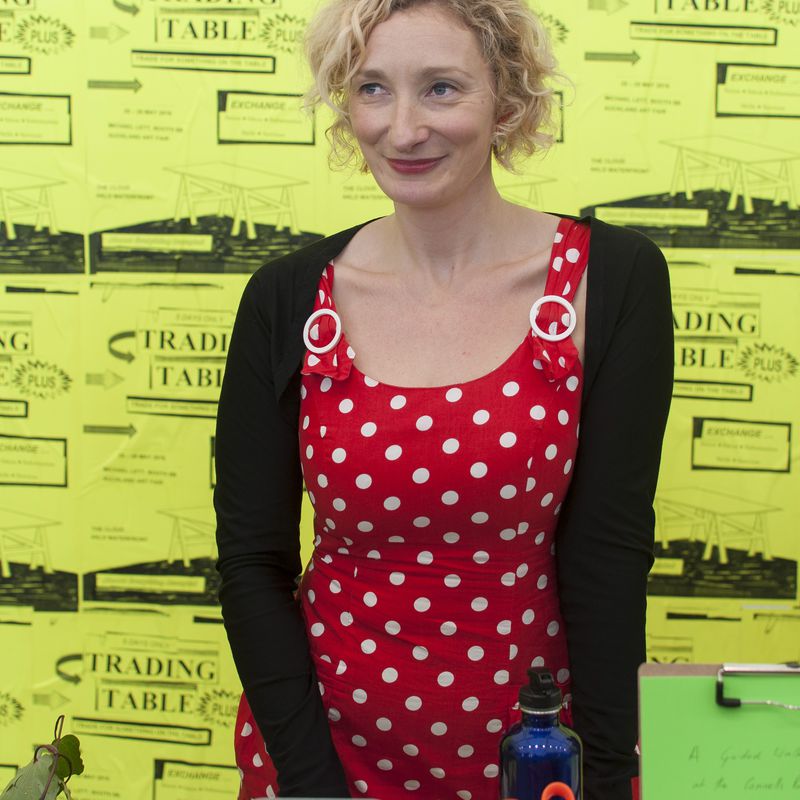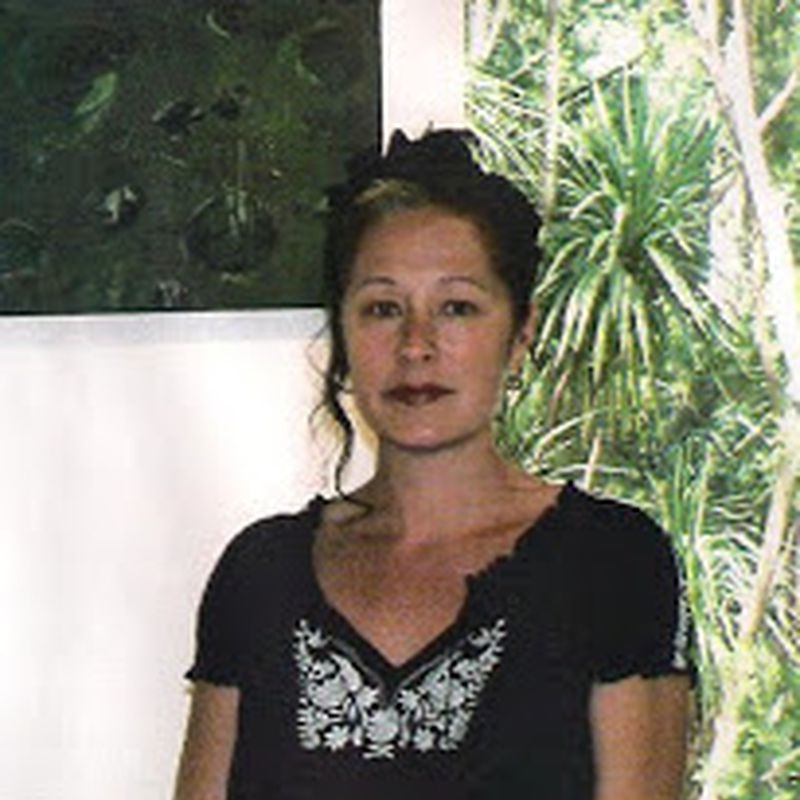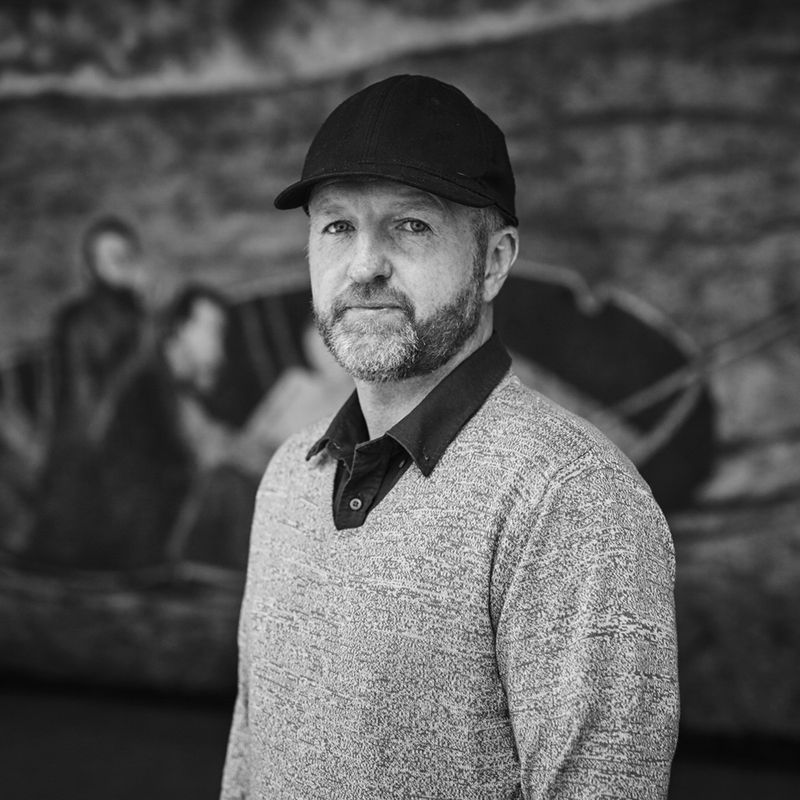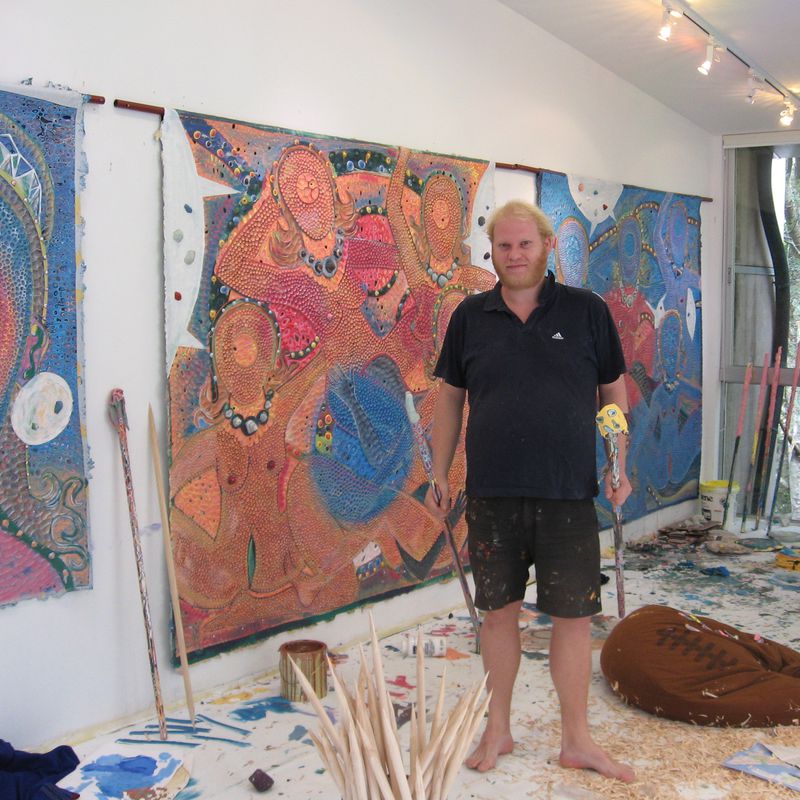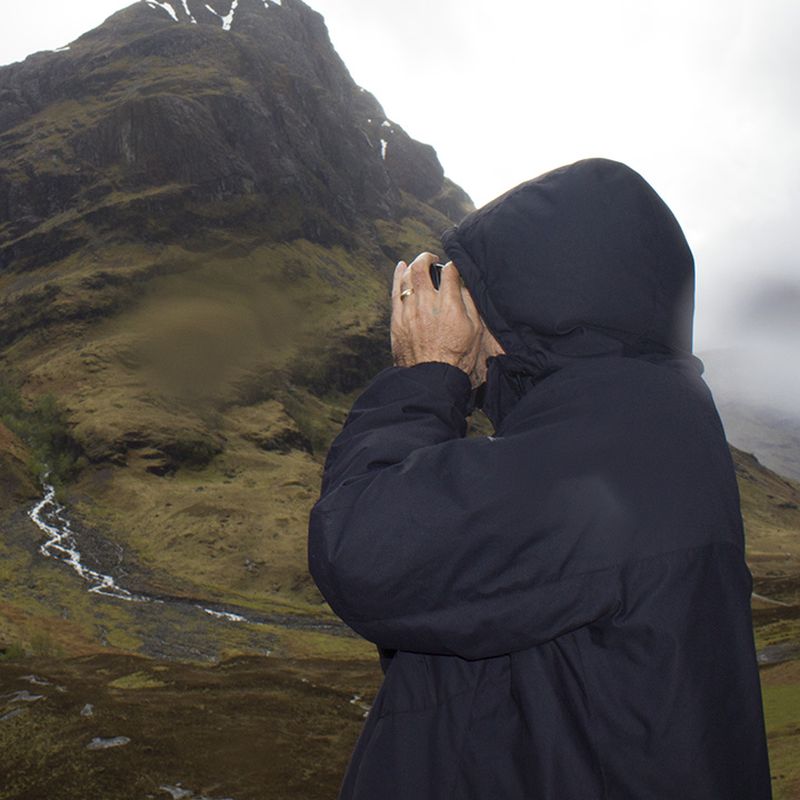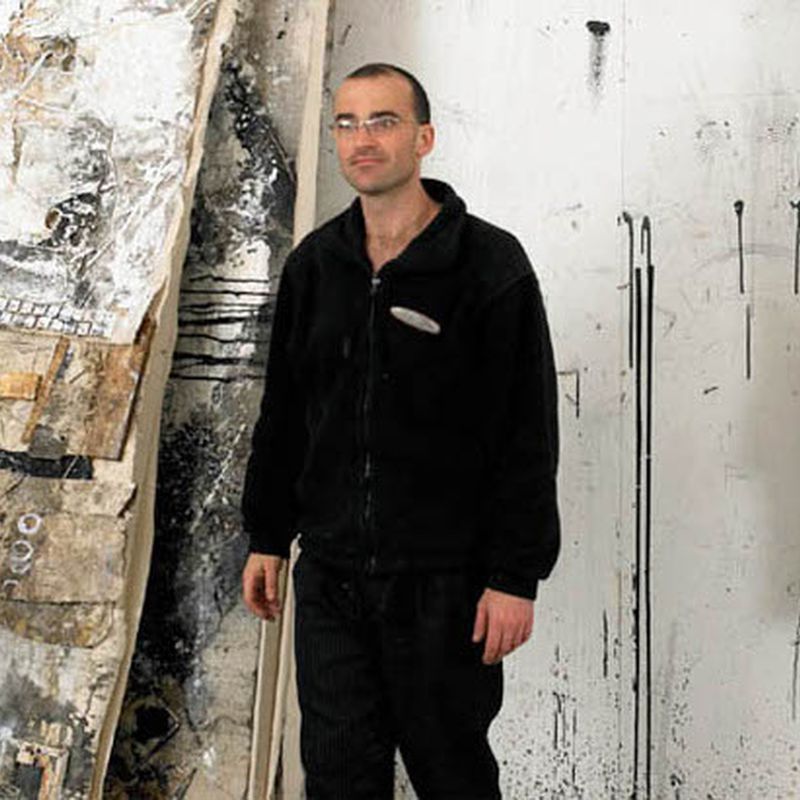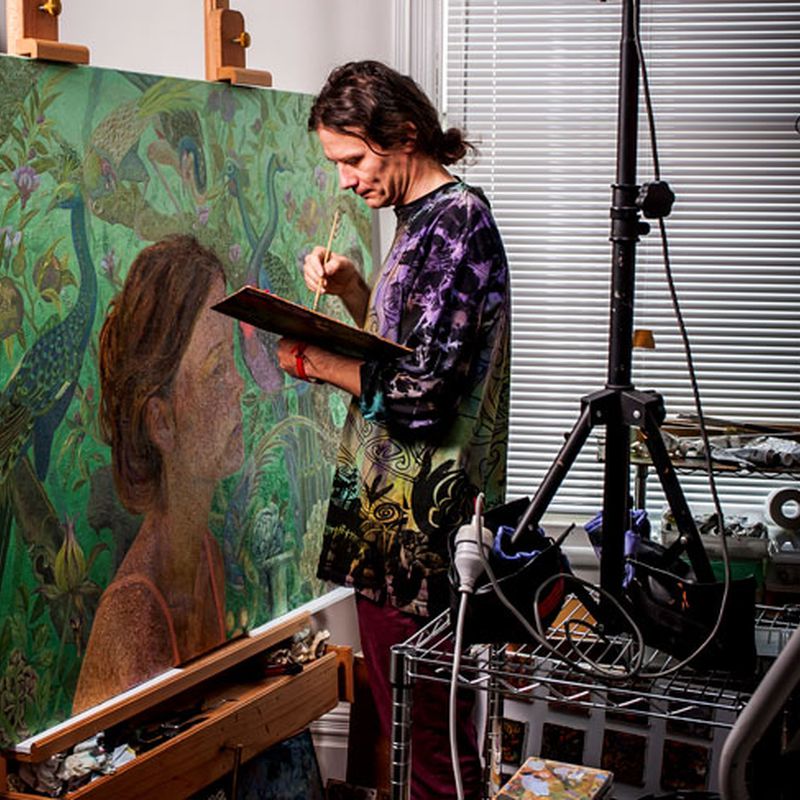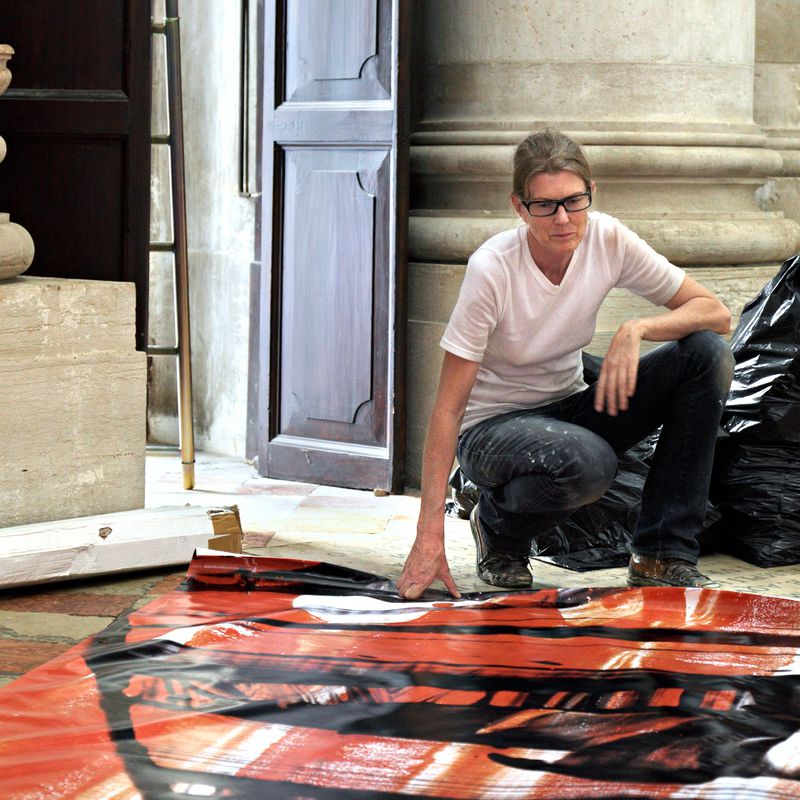- Amy Howden-Chapman2014
- Ana Iti2020
- Andrew McLeod2007
- Andy Leleisi’uao2010
- Anoushka Akel2024
- Ava Seymour2009
- Ayesha Green2022
- Ben Cauchi2011
- Benjamin Work2024
- Bepen Bhana2016
- Campbell Patterson2015
- Cora-Allan Lafaiki Twiss2021
- Dan Arps2014
- Daniel Malone2014
- Emily Karaka2021
- Emma Fitts2018
- Eve Armstrong2009
- Fiona Pardington2013
- Gavin Hipkins2007
- George Watson2024
- Glen Hayward2011
- Imogen Taylor2017
- James Robinson2007
- Jess Johnson2019
- Jim Speers2010
- Juanita McLauchlan2025
- Judy Millar2006
- Kathy Barry2012
- Lisa Reihana2009
- Liyen Chong2012
- Louise Menzies2016
- Luise Fong2008
- Madison Kelly2024
- Martin Basher2010
- Matthew Galloway2025
- Michael Stevenson2023
- Moniek Schrijer2021
- NELL2023
- Neke Moa2023
- Nicola Farquhar2018
- Oliver Perkins2017
- Owen Connors2023
- Regan Gentry2012
- Richard Frater2020
- Richard Lewer2008
- Rohan Wealleans2008
- Rowan Panther2025
- Ruth Buchanan2013
- Sarah Hudson2025
- Sarah Smuts-Kennedy2016
- Sefton Rani2025
- Sorawit Songsataya2018
- Steve Carr2020
- Suji Park2015
- Tanu Gago2022
- Taro Shinoda2017
- Tiffany Singh2013
- Tim Wagg2019
- Wayne Youle2019
- Zac Langdon-Pole2022
Amy Howden-Chapman
YEAR OF RESIDENCY
July - October 2014
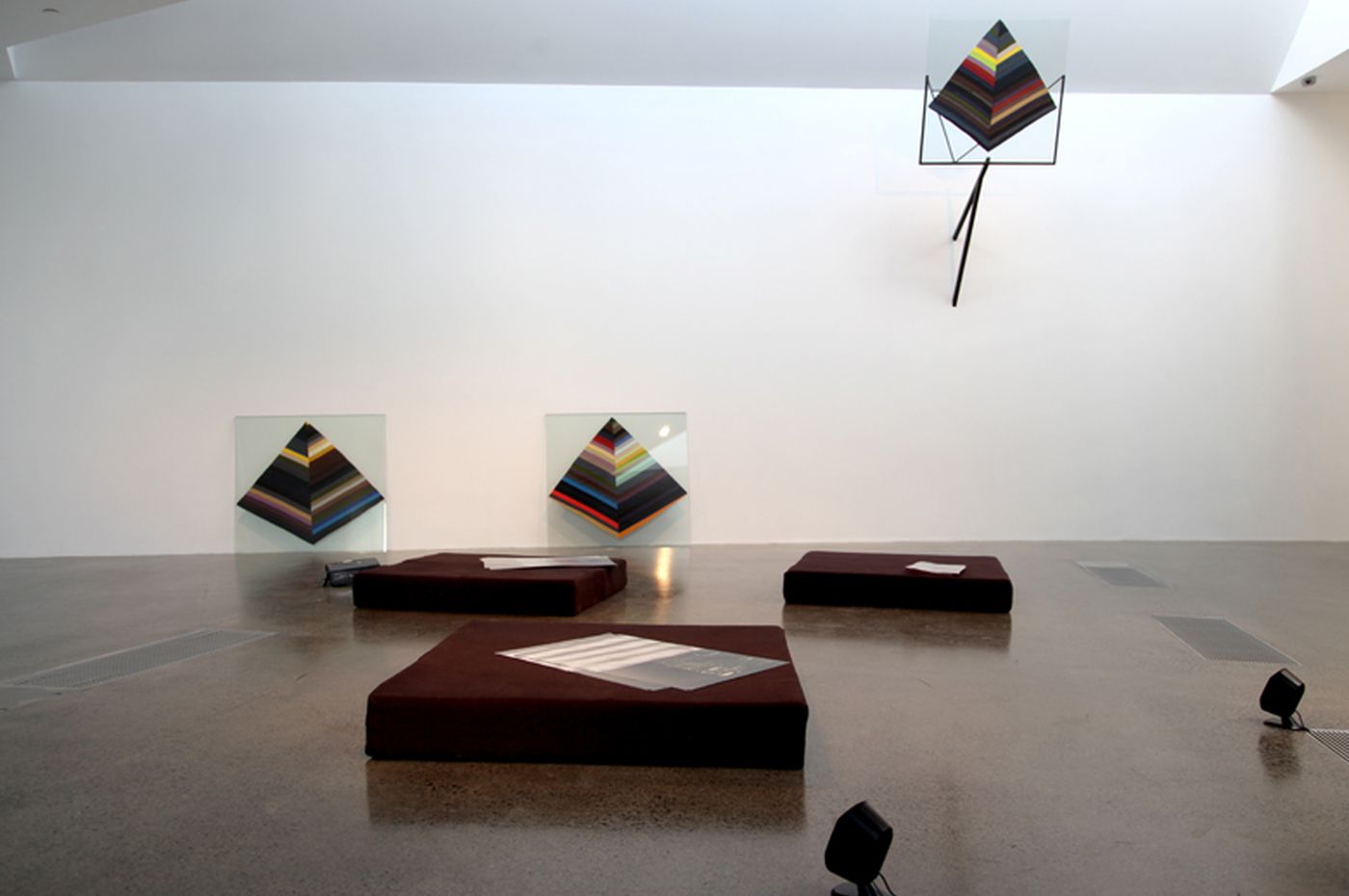
Using photography, performance, video and printed matter, Howden-Chapman’s work uses language, movement and site-specificity to investigate moments of cultural, environmental and political change. During her residency in McCahon House Howden-Chapman focused on a project that investigated the history of the anti-nuclear movement in NZ and its parallels with today’s movements to stop catastrophic climate change.
They Say Ten Thousand Years, an exhibition of new work by Amy Howden-Chapman, was created during her time as artist-in-residence at the McCahon house in French Bay, Titirangi. In this body of work, Howden-Chapman draws comparisons between New Zealand’s Nuclear Free movement—a successful political action—and the contemporary fight against climate destabilisation. What both movements have in common is a concern for how our present actions will impact a far-off, and often unfathomable, future as well as their shared urgency to address issues that are complex, amorphous and international in scope.
Conceptualising such vast time-scales is an important concern in Howden-Chapman’s practice. Immense temporal distance is re-imagined spatially in the artist’s essay The Distance Plan: ‘There is a thin thread, sturdy but slight, which is running from here (right here, tied around my thumb) to there. It is spooling out, coiling out – out there into the future, the distant future... Distance occurs to me as an immaculate idea, but a plan has a much messier conception. Plans begin in muddles and are argued out into clarity.’1 The distance between now and ten thousand years into the future could also be imagined as an unravelling, spooling string, a line, a kind of conceptual drawing. But the underlying idea is that the actions one undertakes now will have repercus- sions that stretch out—like this line—into an impossibly far future. The main question then becomes, what might mobilise individuals into actions that will create a difference? What actions might leave the future without the environmental burden created in this present? How might ways to act responsibly be communicated?
Rarely does the eye light on a thing, and then only when it has recognized that thing as the sign of another thing...2
Such questions are at the core of Howden-Chapman’s work, which explores the use of images and banners as forms of declaration and persuasion. This has often manifested in the making of multi-coloured standards—flags that have traditionally served as personal or organisational emblems—which are informed by the home- made signs grassroots community organisations might create, ‘appealing to people to change, to act or to protest’3. These simple, abstract forms are given a specific meaning via a parallel commentary until, as Calvino phrases it, the eye might ‘light on a thing’ and recognise ‘that thing as the sign of another thing’.
For They Say Ten Thousand Years, four banners shaped like pyramids have been crafted and fixed between panes of glass. Three of these banners rest against the wall while the fourth is elevated and held high in a protruding metal frame. These works, entitled Colour Schemes for Screaming Pyramids, employ dark and muddy colours that recall military or scout uniforms alongside garish toxic tones. The pyramid form was inspired by the winning entry in a competition to find a warning signal to be placed outside a planned nuclear waste storage centre outside of Las Vegas, Nevada.4 Howden-Chapman notes that ‘nuclear waste will remain dangerous for ten thousand years,’5 therefore the desire for a warning signal thus represents one kind of distance plan, an attempt to communicate with whatever entities might be around in ten thousand years’ time. The winning design was a hypothetical series of twenty-foot high pyramids carved from local granite. Inscribed on the monuments were inscriptions in English about the site, the date the waste was buried, the date it will be safe, and the face from Edvard Munch’s The Scream engraved at the apex of each pyramid.6
Placed alongside Howden-Chapman’s reference to Nevada’s cautionary distance plan is a poster and video work, which both recall the powerful collective actions that took place during the New Zealand Nuclear Free movement. The poster, designed by Howden-Chapman, reproduces a list of names and postal addresses of peace organisations throughout New Zealand, taken from photographer Gil Hanly’s Peace is More Than the Absence of War (1986).7
On the reverse side of the poster are direct quotes from those involved in the peace and nuclear free movement, which have been specifically chosen for their resonance with the contemporary struggle to avert catastrophic climate change. One woman is quoted as saying, ‘I remember that people would walk out crying from her sessions, because it painted such a dark picture of what could happen to the world, what had happened’. Similar recollections are repeated in the voice over of the accompanying video work. Both in print and audio recordings, Howden-Chapman utilises these simple statements to communicate basic yet vital, even inspirational information about a key political movement of the recent past.
Howden-Chapman is particularly interested in the workings of New Zealand’s nuclear-free movement, which garnered strong support from the Women’s movement, the Māori sovereignty movement and contemporary artists. Photographers, including Gil Hanly, documented the events, marches and mobilisation while painters Don Binney and Claudia Pond-Eyley created visually striking banners, persuasive posters and signs. Howden-Chapman’s video work features tracking shots of Hanly’s studio shelves, a precious cabinet archiving the protests and gatherings of the past. Boxes of negatives and prints are piled high with hand-written labels, such as ‘Occasions / happenings’, ‘Launches launches’ and ‘Peace pics 78-85’.
The tools used by Nuclear Free activists — public meetings, sit-ins, protest marches, reading rooms, committees, posters, signs, documents, photographs, banners and mailing lists — might seem primitive now, but sometimes entities whose physical magnitude seems slight or small may produce results of great importance. French philosopher Blaise Pascal (1623-1662) cautioned against the ‘power of flies’ who ‘win battles.’8 And as someone quite small in stature, I was always hhttp://amyhowdenchapman.com/node/34eartened by the story of the little Dutch boy who saved an entire country by staying out all night in the cold with his finger in a dike until repairs could be made. For Howden-Chapman, tools of change include publications, posters, banners, panes of glass, recitations, videos, performances, the ringing of bells, and even an ephemeral dance of exertion and desperation.
Lit by a single spotlight, a woman in a black slip dons a floating and faded multi-coloured dress. She begins to move, and her messy hair comes undone. At the beginning it seems like a goofy kind of social dancing, a bouncing on the spot with arms pumping. Then it becomes more energetic, like running on the spot, then like shadow boxing. She rotates around and in profile so we can see the motion a little differently, as if she were a figure in a cartoon chasing something. Her movement is energetic and earnest, she appears to be trying to move backwards and forwards simultaneously, the fluid fabric of the long robe convulses around her. At the end of the song she stops. She takes off the dress, places it at the side of the room and picks up a piece of paper she proceeds to read from. She is out of breath and this makes her seem more nervous, or that more is at stake. The prior act of movement makes her speech seem more serious, quasi-ceremonial, something to do with struggle, a dance translating toil into movement.
This action, this movement of uncertainty, was enacted by Howden-Chapman as part of her performance Uncertainty Italicized, first staged in 2013 at 2201 1/2 Beverly, Los Angeles.9 In the second half of the performance, a group of seven people entered the space, each holding a pane of coloured and etched glass. As they entered, each person held up the coloured glass to the spotlight. A pre-recorded, male voice read out the phrases etched upon each one: ‘Exceptionally unlikely 0-1% probability’ through to ‘Virtually certain 99-100% probability.’ Together these phrases made up an uncertainty scale, taken from the Intergovernmental Panel on Climate Change's Guidance note for the writing of their 5th assessment report. The scale exists so that the hundreds of scientists contributing to the report treat statements of uncertainty in a consistent manner.
Upon the presentation of these statements, each phrase was matched to a colour and a bearer — a performer with a neutral facial expression and bare feet. The voice then read a series of statements about climate destablisation, each of which utilised a fragment of the uncertainty scale. Each time he read a sentence, he directly addressed one of the performers by their first name as they moved to the middle of the space and held their glass up to the spotlight: ‘It is, Mireya, very likely that there has been an overall decrease in the number of cold days and nights and an overall increase in the number of warm days and nights...It is, Scott, likely that anthropogenic influences have led to warming of extreme daily minimum and maximum temperatures at the global scale.’ Thus, each fact is linked to an increment of certainty, an individual person and a colour. At the end of the performance, all seven performers stand in a line, one in front of the other so that the coloured panes of glass line up in a row. They then step forward, and back, and forward again, a colourful human wave, an ebb and flow of certitude. They then exit the space.
In Uncertainty Italicized, Howden-Chapman realises before an audience complex notions of probability and communicates highly technical statements about climate destabilisation by simplifying them, isolating them, breaking them up into manageable pieces and associating them with a character, colour and likelihood. This makes them easier to comprehend, almost digestible. Translating the complexity of climate change into understandable concepts is a recurring strategy in Howden-Chapman’s practice. Voice is central as the artist frequently reads and re-reads such statements. The way in which she earnestly, slowly and clearly reads these texts is akin to a reading at church. Such readings personalise what is being said while giving them a sense of ceremony, a direct address is made from artist to audience, unmediated and unequivocal.
As well as simplicity and conciseness, repetition is frequently used as a device to highlight importance, immanence and inevitability. In The Sea’s acidity (2013), Howden-Chapman installed on a metal frame grey cotton, which moved in the wind. Words written in the artist’s handwriting were digitally printed on the fabric. To accompany the experience of seeing the text, Howden-Chapman read it aloud to people. Perfor- mances were small and personalised, each iteration a tongue twister. ‘The horizon, and below, the sea’s acidity, the sea’s acidity, the sea’s acidity, the sea’s acidity...’ was repeated again and again, gently and insistently until the effect was poetic, sad and overwhelming. Viewers faced with the landscape that is a Los Angeles beach were then privy to Howden-Chapman’s sombre address, drawing attention to processes not yet visible to the eye yet terribly important: ocean acidification due to increasing amounts of carbon dioxide.
Text as commentary also features in many of Howden-Chapman’s video works. Meanwhile (2012) presents images of a range of Northern Californian forest and tree vistas. A voice tells a story about the political landscape that parallels the last quarter of a decade of inaction on climate change:
‘Meanwhile, it’s February 1997 and the eighth of nine sexual encounters be- tween Monica Lewinsky and Bill Clinton is taking place near the oval office. Bill Clinton’s semen is sinking into the blue Gap dress that Monica Lewinsky is wearing. It is making a stain... Meanwhile, it’s 1998 and despite the US being a signatory of the Kyoto Protocol, the Clinton administration is failing to gain ratification of the protocol by the Senate... Meanwhile, Monica Lewinsky is in love with Bill Clinton...’
Some of the trees in the footage are dead, others are naked and burnt from forest fires, yet there is also abundant new growth. Birds and woodpeckers can occasionally be heard. All the while, a male voice, casual, slightly incoherent and slacker-like, skips back and forth in time, reciting little stories. We see Tom, a forester showing off his high-visibility vest, clinometer, compass as well as a hand drill with an increment corer used to determine the age of trees. The voice over continues:
‘Meanwhile, it is March 2010. Rosengarten informs her husband that they will have to postpone their honeymoon for the second time in order that she can complete her work on the pressing climate bill... Meanwhile, it is April 22nd 2010 otherwise known as Earth Day and the Deepwater Horizon drilling rig is sinking to the bottom of the gulf. The spill is beginning to spread... Meanwhile, as Danielle Rosengarten is reading the email on her Blackberry, tears are streaming down her face. The bill, perhaps the last chance to deal with global warming in the Obama era, is officially dead... Meanwhile, Tom is coring a tree....’
Howden-Chapman’s manipulation of narratives relating to specific individuals as well as the passage of crucial pieces of legislation reflects the ways in which mainstream media orchestrates which stories are told and what information is communicated to the general public. This is a milieu in which sexual relations between a White House intern and a US President are on par with a catastrophic environmental disaster. There is the micro and the macro-political. All of these incidents are concurrent, occurring meanwhile. By including facts about international agreements, US senate meetings, press conferences, oil spills and the vicissitudes of human relationships, Howden-Chapman makes incidents relating to the grander narrative of climate destabilisation seem more comprehensible, as well as shockingly momentous.
Frequently repeated utterances and juxtapositions of facts occur throughout Howden-Chapman’s practice with her work seeking to make the ordinarily invisible visible as well as making rather obtuse and difficult facts immediate, present, tactile, colourful and dynamic. The ringing bells utilized in The Flood My Chanting (2008) were a repeating sound-circuit in which bells borrowed from a maritime museum were stationed along the one meter high mark of the Wellington waterfront and sounded by a relay of performers during a busy lunch time. By using sound to map the areas of inner city Wellington that are vulnerable to rising sea levels, Howden- Chapman sonically highlighted at risk areas of the city that people usually take for granted. Of crucial importance are the devices used, bells taken from old ships whose ringing acts of warning, signal immediacy and convey a sense of urgency in the future tense. The ringing bells bounced off the architectural elements of the urban environment acting in a similar way to ambulance sirens or a fire alarm. They were difficult to ignore and conveyed a sense of impending danger.
As with Colour Schemes for Screaming Pyramids, previous works use the presence of banners to enact the process by which meaning is ascribed to form. In Chasing Losses (2010), Howden-Chapman performs the narratives that banners help illustrate. In the video documentation of this performance, multiple layers of triangular banners are spot-lit and pinned to a wall. Throughout the performance, Howden-Chapman tells the viewer the names of each banner before unceremoniously unpinning each one and letting it drop to the ground: ‘I’m just gonna run through the titles of these works... ah... so this one is called “Opportunity”... This one is titled “Investment”... This banner is titled “Returns”...’ Much of the language utilised for the titles is pseudo-financial but with each banner, the titles slowly incorporate colour: ‘This banner is named “Returns on colour”... This work is titled “Investment in yellow, pinks, blacks, dark purples and fire-engine red”... This banner is called “Investment in bright red, fire-engine red, blood red, pink, bright purple, camel, sand, pink, band-aid pink, Russian sand...’ Colours are emotive, often symbolic, begging the question of how one might invest in them or receive returns.
Towards the end of the performance, this exercise in translating colour into language is further complicated. Howden-Chapman continues, ‘This one’s... um... this one’s a bit hard to pronounce. It’s called [she bends her arms at the elbows and hold her forearms in a square formation in front of her body, re-adjusting her hands moving them along her arms from her wrists to higher up her forearms then makes a circle shape above her head with her connected arms.]... This work is titled [right hand to right ear, palm is on her ear, she then inches her hand across the top of her head like a caterpillar until it reaches her other ear, inches her hand back to the right side of her head until she is touching her right cheek, then lifts her right hand over her head to touch her left ear, then her right, left, right].’ This use of gestures to explain a banner, an artefact, as well as what it might stand for is reminiscent of Uncertainty Italicized, where body movement is utilised as a way of communicating something immense, inexplicable, and ineffable.
On what might be called a micropolitical level, small yet catalysing powers such as ‘a rock loosed by frost and balanced on a singular point of the mountain-side, the little spark which kindles the great forest, the little word which sets the world a-fighting, the little scruple which prevents a man from doing his will, the little spore which blights all the potatoes’ might transform a much larger system.10 In early research for They Say Ten Thousand Years, Howden-Chapman kept returning to a photograph she had taken during Occupy demonstrations in Albert Park, Auckland, during the Spring of 2011. The photo depicts a handmade sign leaning against a tree. Written on it are the words, ‘Rainbow warriors of light.’ The term harks back to the Greenpeace protest vessel Rainbow Warrior which remains a potent legend despite its sabotage and sinking in 1985. These rainbow warriors of light, those who participated in the New Zealand Nuclear Free and peace movements as well as artists such as Hanly and Pond-Eyley still act as sparks that might kindle actions that are needed in the face of the very real threat of climate destabilisation.
Essay commissioned by the McCahon House Trust on the occasion of Amy Howden Chapman's residency and resulting exhibition They Say Ten Thousand Years, 1 November – 3 December 2014, at Te Uru Waitākere Contemporary Gallery
- Amy Howden-Chapman “The Distance Plan” in Amy Howden-Chapman and Abby Cunnane (eds.) The Distance Plan (Los Angeles: DISTANCE PLAN PRESS, 2012) 19.
- Italo Calvino “Cities & Signs 1” in William- Weaver (trans.) Invisible Cities (London: Vintage Books, 1974) 11.
- Biddy Livesey, “The Art of Persuasion – Banner works by Amy Howden-Chapman,” 97-98.
- John D’Agata, About a Mountain (New York: W. W. Norton, 2010).
- Te Uru: Waitakere Contemporary Gallery, Spring 2014 (Auckland: Lopdell House Society, 2014)
- D’Agata, About a Mountain, 68.
- Absence of War (Auckland: New Women’s Press, 1986). Sonja Davies, Gil Hanly, Peace is More Than the Absence of War (Auckland: New Women’s Press, 1986).
- Pascal, Pensées (Paris: Le Livre de Poche, 1972) 168.
- See http://amyhowdenchapman.com/node/34
- Ilya Prigogine and Isabelle Stengers quoted by Ian Pindar and Paul Sutton in “Translators’ Introduction” in Félix Guattari The Three Ecologies (London and New Brunswick, NJ: The Athlone Press, 1989) 11.
Artist Artworks
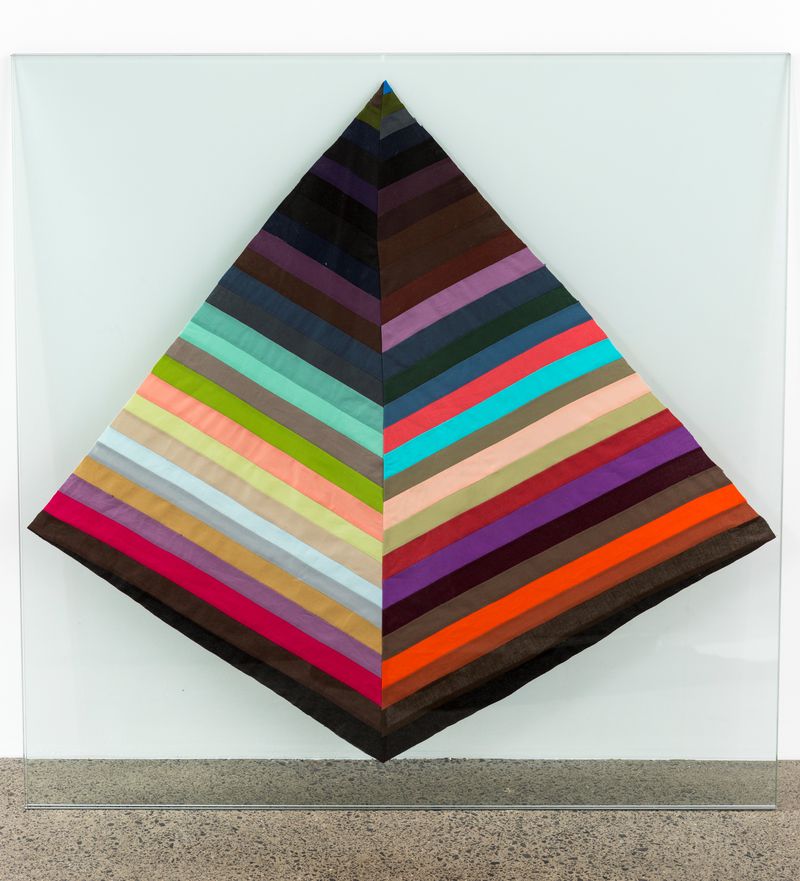
Amy Howden-Chapman
Colour Schemes for Screaming Pyramids 4/4
2014
fabric and glass
1000 x 1000mm (glass pane)
$3,000
Contact us to purchase this edition.
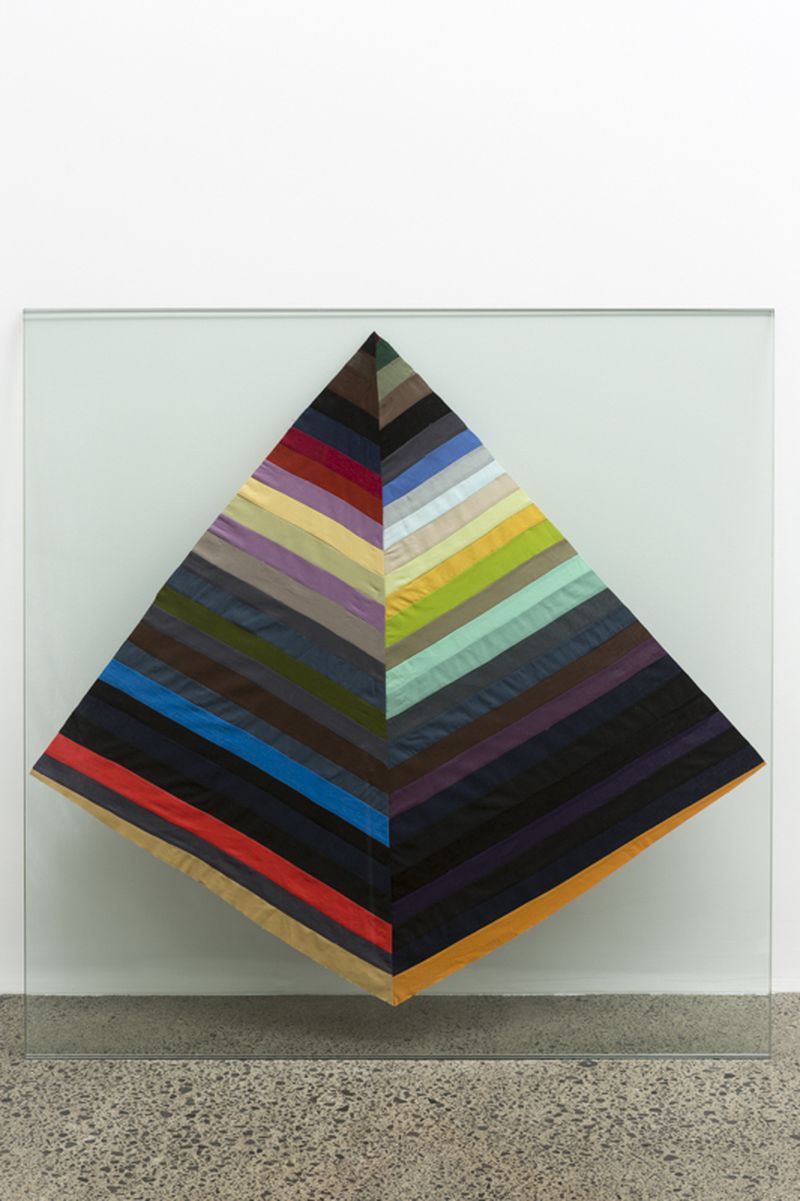
Amy Howden-Chapman
Colour Schemes for Screaming Pyramids 3/4
2014
fabric and glass
1000 x 1000mm (glass pane)
Collection of McCahon House Trust
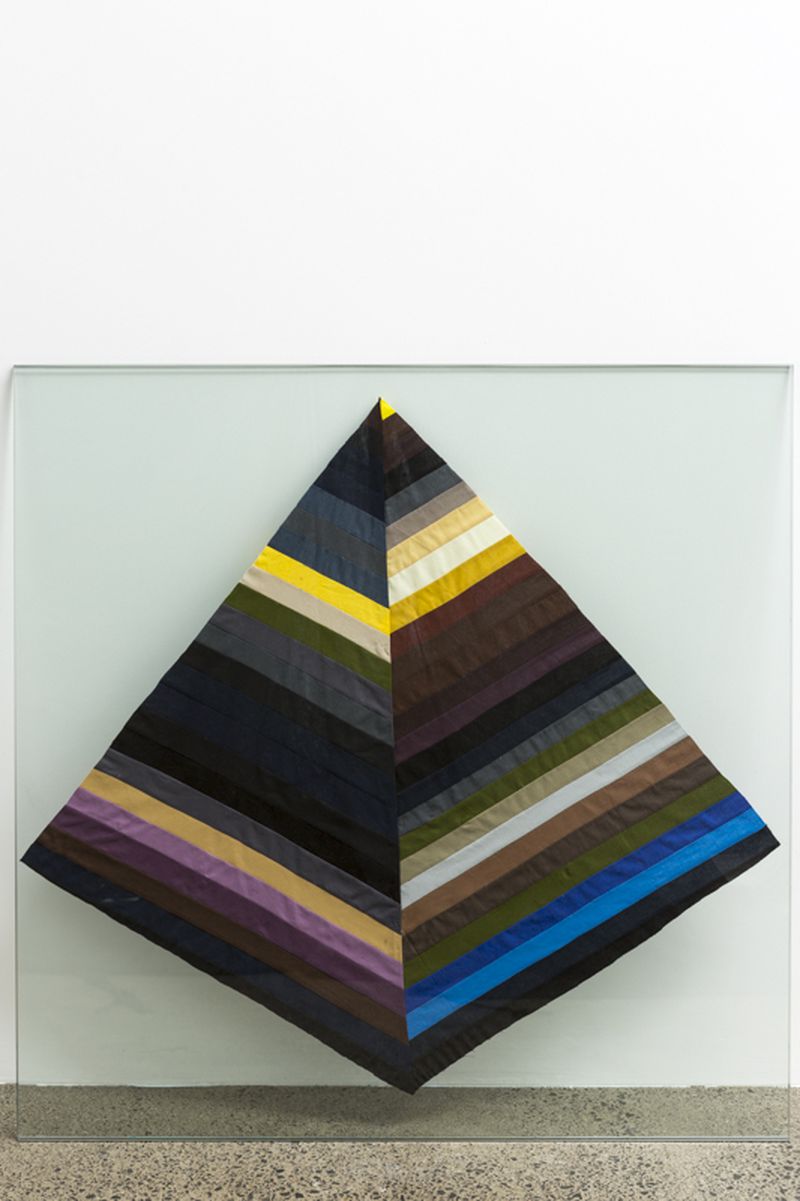
Amy Howden-Chapman
Colour Schemes for Screaming Pyramids 2/4
2014
fabric and glass
1000 x 1000mm (glass pane)
